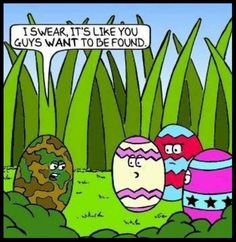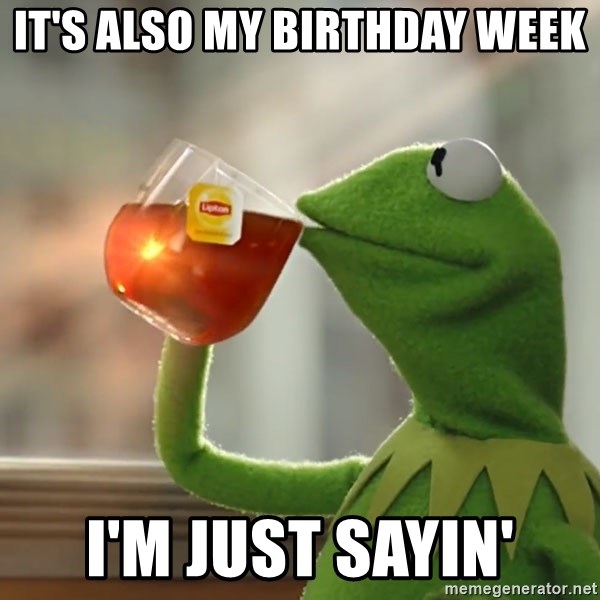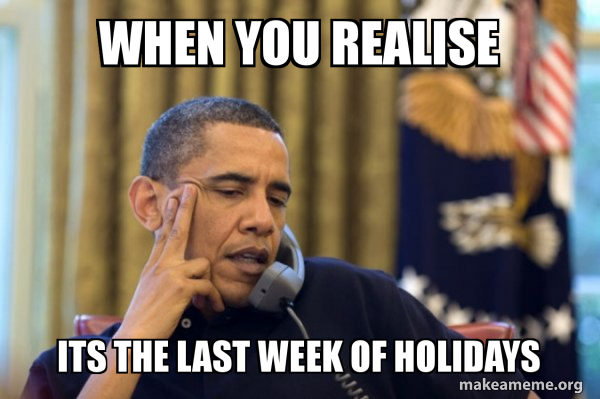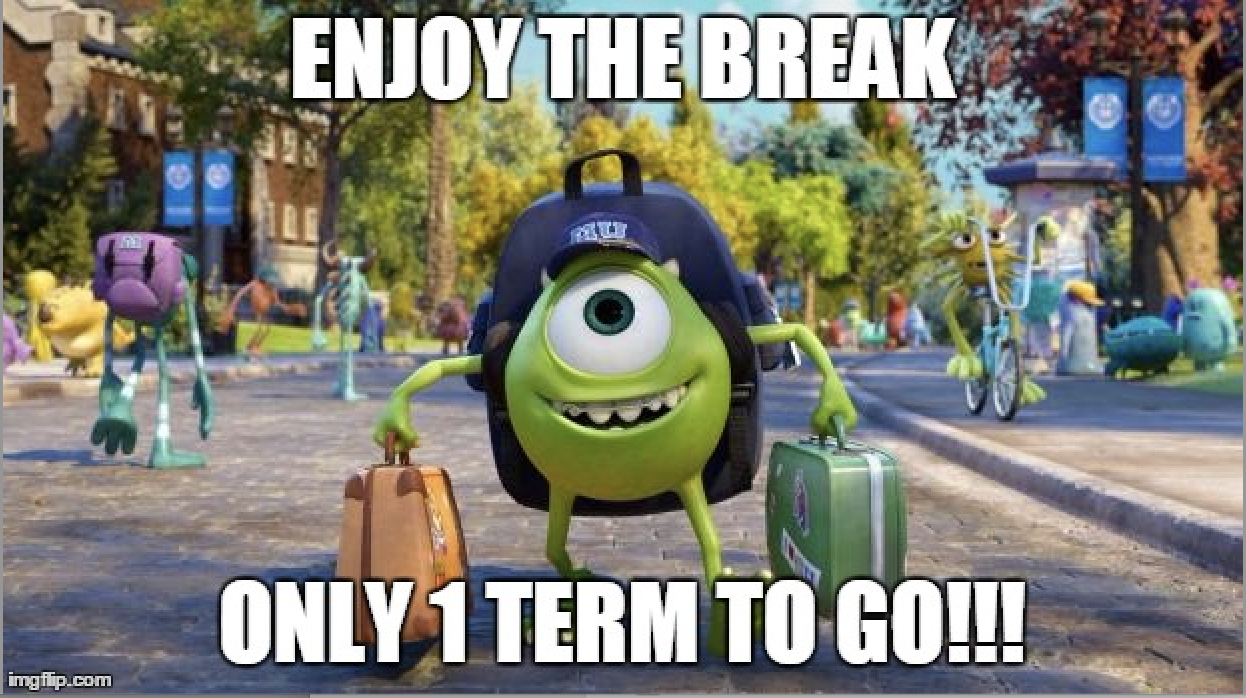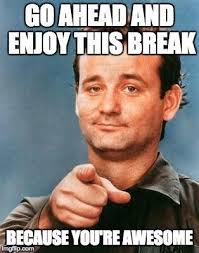9F1 English
Section outline
-
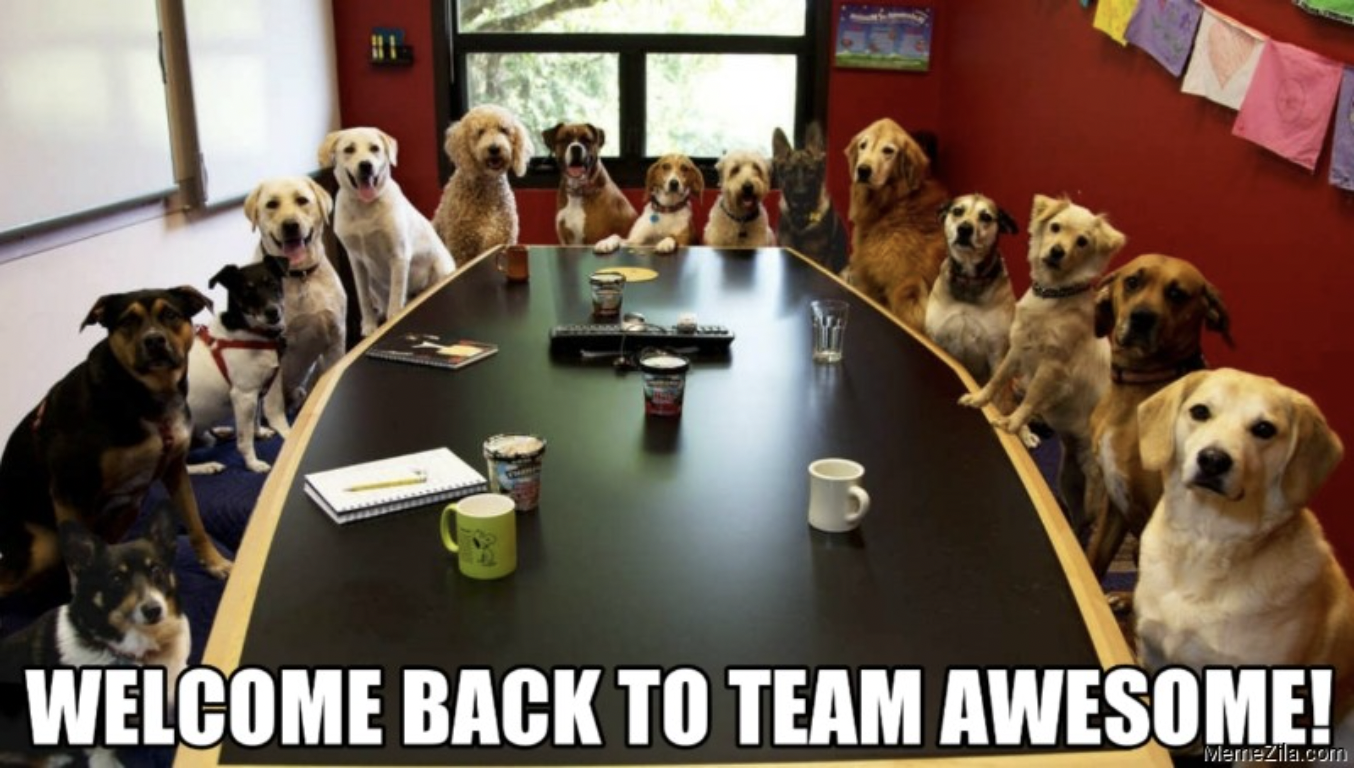
Whaowhia te kete mātauranga
Fill the basket of knowledge
Kia ora, and welcome to your English course page for 2022. My name is Miss Wright and I will be your English teacher this year. This page is where you will be able to find all the necessary information you will require for your English course. All tasks and assessments will be placed here as well as additional lesson notes and resources. Please make it a habit to check this page at the start of each week, this will ensure that you are aware of any expectations we may have of you at that time.
Enjoy this year and if there are any queries do come and see me or feel free to email me - swright@mhjc.school.nz
I have booked us into the library on Friday, please remember your ID card to make checking out books easier.
-
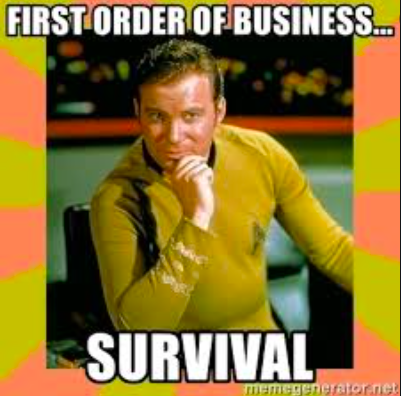
Ki te kotahi te kākako, ka whati; ki te kāpuia, e kore e whati
If a reed stands alone, it can be broken; if it is in a group, it cannot
Kia ora. I hope you have all had a safe and relaxing weekend are are energised and ready for the term ahead. It is only the start of 2022, but already the world has had many events from late 2021 to today to deal with, from volcano eruptions in Tonga inthe Pacific and in the Canary Islands in the Altantic, to tsunamis, floods and fires in New Zealand. When events like these happen in an uninhabited area, the chaos and destruction they cause can be significant - but it is when these events happen in an inhabited area they become disasters. A disaster can be defined as “A serious disruption in the functioning of the community or a society causing wide spread material, economic, social or environmental losses which exceed the ability of the affected society to cope using its own resources”. Our context this term is Disasters, and we will be reading extended text (novels) that explore how a distaster impacts on people. We will be looking at common themes and identifying factors or behaviours that affect how a person or community deals with both the disaster and the aftermath. We will look at key moments and events that illustrate peoples response to challenge.
Success Criteria:
- Identify elements of plot structure (exposition, rising action, climax, falling action, conclusion)
- Discuss common themes in novels
- Describe characters (personality and appearance)
- Identify a pivotal moment in the plot to explore
Activities:
- Do now - title page (in English book) words and images related to text structure
- Brain dump (in groups) Novel structure (on A3 sheets)
- Introduction to one-pagers
- Library booked for Wednesday
Further Learning:
Read selected novelEXPLORE / TŪHURA learning intentions:
- We are EXPLORING extended texts (novels) to identify common themes and responses to challenge
- We are EXPLORING how these themes are common elements of response that lead to successful outcomes
-
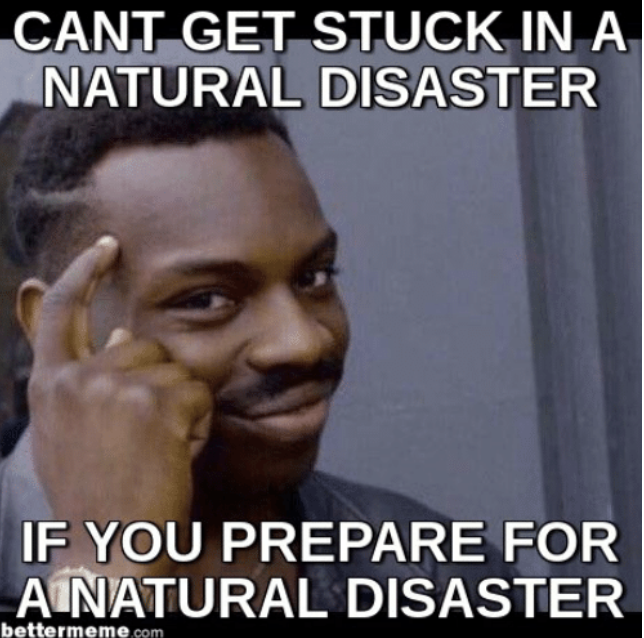
Moea tō Poi, moea tō taiaha
Sleep with your poi, sleep with your taiaha (Be prepared)
Kia ora. As I type this on Sunday morning, the wind is swirling and gusting. I am thinking about the people further south in Aotearoa who are experiencing greater effects from Cyclone Dovi. What preparations did you take for this weather event? Did you check that items around your property were secure? Do you have an emergency kit? We can not do much to prevent natural disasters, but being prepared is one way we can keep safe during extreme events. This week, we are going to continue to read our novels and explore the elements of novel structure that help us understand and discuss the messages in our texts.
Success Criteria:
- Identify elements of plot structure (exposition, rising action, climax, falling action, conclusion)
- Discuss common themes in novels
- Describe characters (personality and appearance)
- Identify a pivotal moment in the plot to explore
Activities:
- Do now - Gimkit - class code link and activity links below
- Identify protagonist and antagonist in selected text and create personality/apperance description at the start of the novel.
- Explore theme in novels using Theme Tree model
Further Learning:
Read your novelEXPLORE / TŪHURA learning intentions:
- We are EXPLORING extended texts (novels) to identify common themes and responses to challenge
- We are EXPLORING how these themes are common elements of response that lead to successful outcomes
-
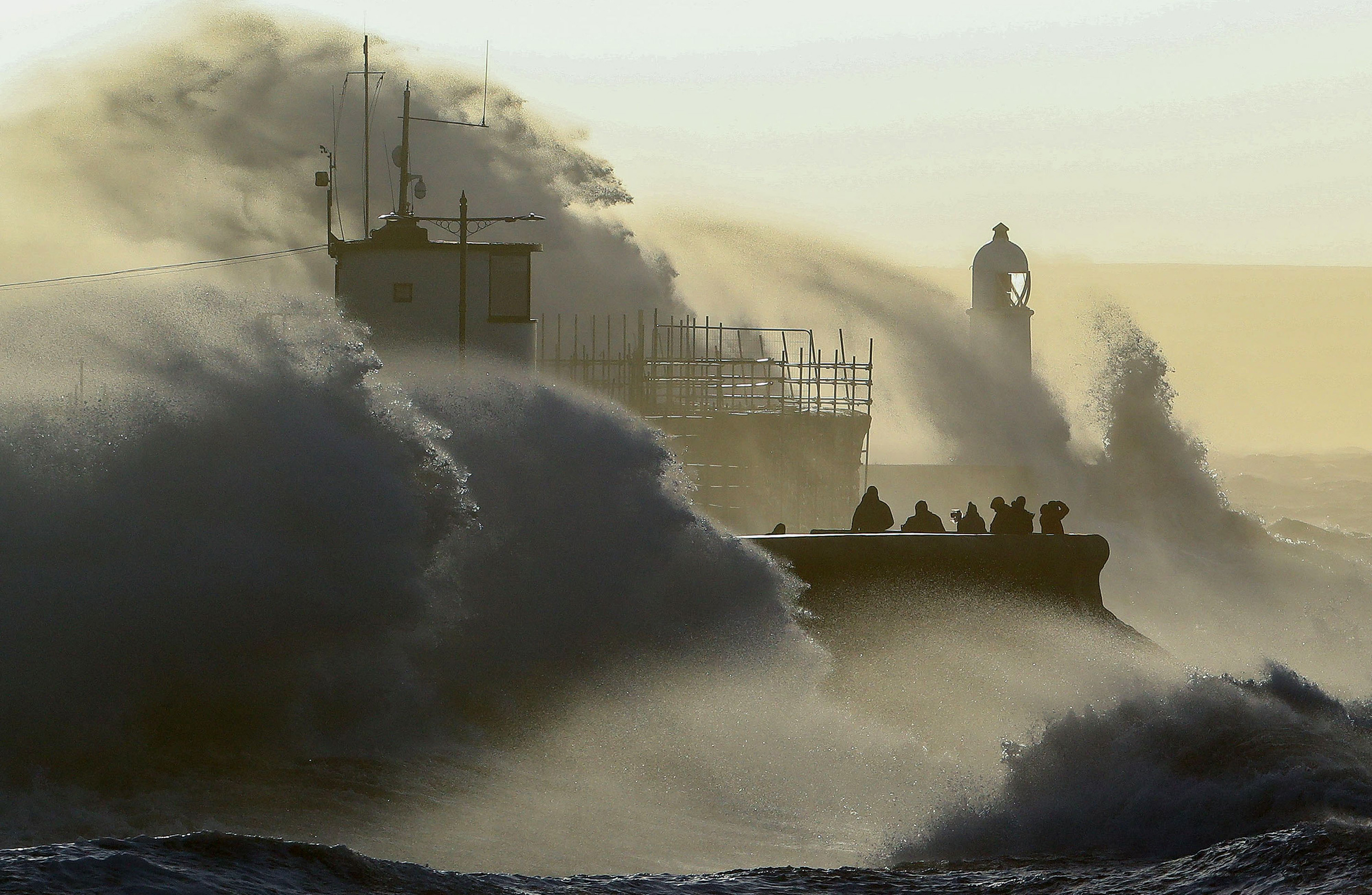
He Iti te hau marangai, E tū te Pāhokahoka.
There may be a little storm, but in the end there is a rainbow
Kia ora. The image above is of storn Eunice hitting the coast of England. Did you see images on the news over the weekend? If you look closely, you can see a group of people taking in the view. Is this sensible behaviour? What have you learned through your novels that supports your opinion? This week, we are going to explore theme and plot structure in our texts. You need to keep reading your books, as you need an overview of the entire text in order to complete this weeks tasks.
Success Criteria:
- Identify elements of plot structure (exposition, rising action, climax, falling action, conclusion)
- Discuss common themes in novels
- Describe characters (personality and appearance)
- Identify a pivotal moment in the plot to explore
Activities:
- Do now - Gimkit - Character
- Exploring theme activity (theme tree)
- Plot structure - labelling elements of plot with information from our own text
- Library (Monday)
Further Learning:
Read your bookEXPLORE / TŪHURA learning intentions:
- We are EXPLORING extended texts (novels) to identify common themes and responses to challenge
- We are EXPLORING how these themes are common elements of response that lead to successful outcomes
-
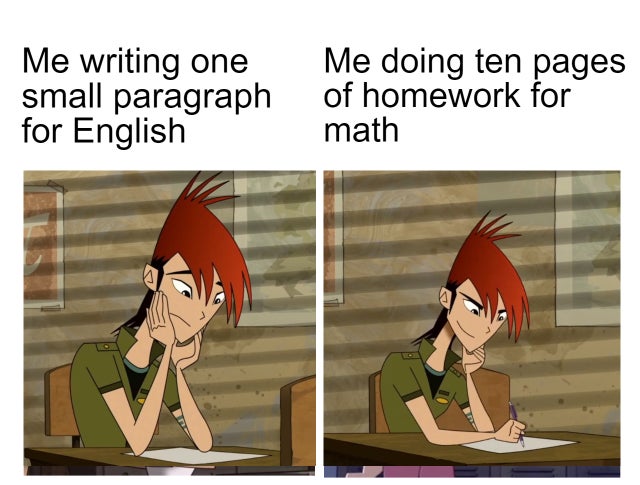
He iti hau marangai e tū te pāhokahoka
Just like a rainbow after the storm, success follows failure.
Kia ora. It's week five! Did you know that this will be our second 5 day week of the term? Imagine that. We are nearly half way through the term, but somehow, it seems I have not seen you very much at all. This week, we are going to revise paragraph writing. Last year you may have used the acronym SEXY to help you structure your paragraphs. This year, in English, we will be using TEXAS as our writing scaffold. Other subject areas may use a different acronym, but at it's heart, every paragraph has the same core elements, whether that we referred to as Topic Sentence, Statement, Point etc.
Success Criteria:
- Use a paragraph structure to plan our writing (TEXAS)
- Support our ideas with evidence
- Discuss the importance of our ideas within a paragraph
- Proofread and edit for clarity and accuracy
Activities:
- Gimkit (Paragraph writing)
- Unpacking a paragraph - annotated example
- Practice annotation
- Drafting a paragraph
- Proofread and edit paragraph
Further Learning:
Read your novelEXPLORE / TŪHURA learning intentions:
- We are EXPLORING extended texts (novels) to identify common themes and responses to challenge
- We are EXPLORING how these themes are common elements of response that lead to successful outcomes
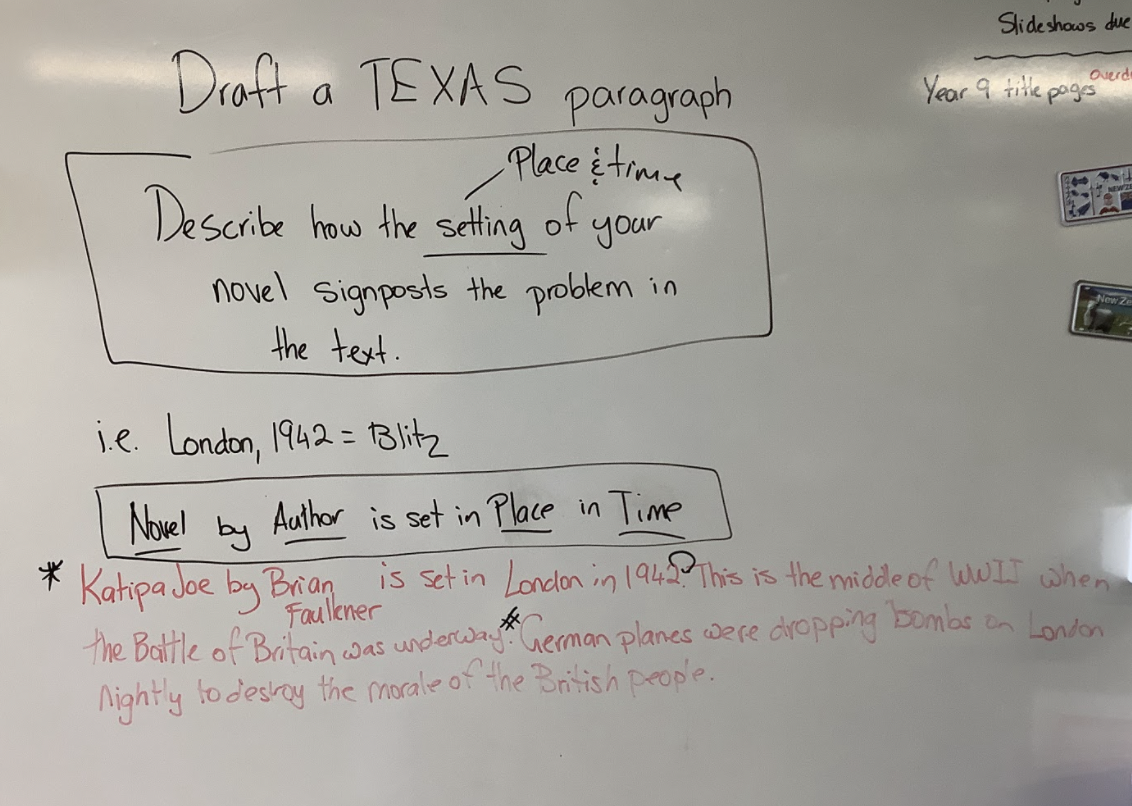
-
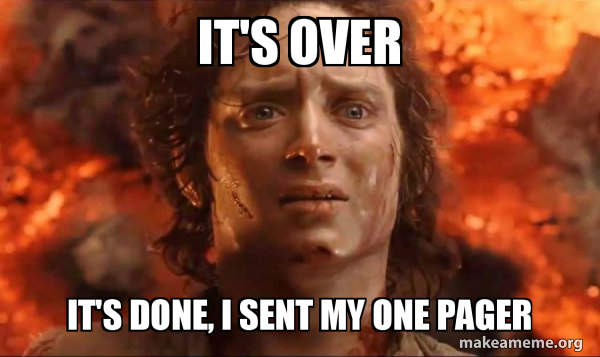
Tūwhitia te hopo!
Banish your fears (feel the fear and do it anyway)
Kia ora. We are almost halfway through the term! And you know what that means???? Yep, it means that this week I am going to introduce you to your assessment task. You will have two weeks of in class time to work on your assessment (and you will have homework time, and maybe focus Friday too!). Your assessment relates to the novel you have been reading, that is why I asked you to have completed your reading by the end of week four. There are two parts to the assessment. The first is to complete a one-pager (I will supply the paper) and the second is to write a paragraph on each of the three prompts given to you. My advice is to get your one-pager completed this week, as this will provide the information you will need when drafting your paragraphs. I have included in the resources the instructions for the task, together with a useful resource (with examples) to assist you when creating your one-pager. The majority of you will be completing Task One, if you are going to be working on Task One A, I will let you know. Everyone will be completing the one-pager.
Success Criteria:
- Identify elements of plot structure (exposition, rising action, climax, falling action, conclusion)
- Discuss common themes in novels
- Describe characters (personality and appearance)
- Identify a pivotal moments in the plot to explore
- plan and draft one-pager
- manage time well
Activities:
- Unpack assessment task
- Review one-pager resource
- Name one-pager sheer (in pencil, on the back - no names on the front)
- Plan and draft one pager in your books (minimal detail)
- Create one pager
Further Learning:
Assessment Task One (A)FOCUS / ARONGA learning intentions:
- We are FOCUSING on comparing and contrasting a range of responses
- We are FOCUSING on describing the structure of an extended text using the language of plot
- We are FOCUSING on identifying key moments and pivotal events in the text
- We are FOCUSING on summarising without retelling and discussing key decisions, characters and theme
-
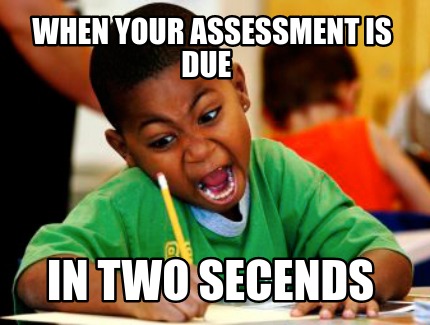
He maurea kai whiria!
Ignore small matters and direct effort toward important projects
Kia ora. I was really impressed with the one-pagers I saw last week. There are some great examples of how you can combine text and visuals to create notes about your texts. By now, you should have completed your one-pager so that you can use the information it contains this week as you draft and write your paragraphs. Please don't be like the guy above. (so stressed he can't even take the time to check his spelling of seconds!) Plan your time wisely - we have three sessions and three paragraphs. A minimum of one paragraph drafted each session will put you on track to have your assessment task completed on time. Drafted, proofread, edited and published (i.e. final copy typed into your document) will mean you get to be stress free next weekend.
Success Criteria:
- Use writing framework to structure writing
- give clear examples
- link paragraph to the question prompt
- proofread for clarity and accuracy
- manage time wisely
Activities:
- Draft paragraph(s)
- Proofread and edit paragraph(s)
- Publish paragraph(s)
- Complete/re-check one-pager
Further Learning:
One-pager and paragraphsFOCUS / ARONGA learning intentions:
- We are FOCUSING on comparing and contrasting a range of responses
- We are FOCUSING on describing the structure of an extended text using the language of plot
- We are FOCUSING on identifying key moments and pivotal events in the text
- We are FOCUSING on summarising without retelling and discussing key decisions, characters and theme
-
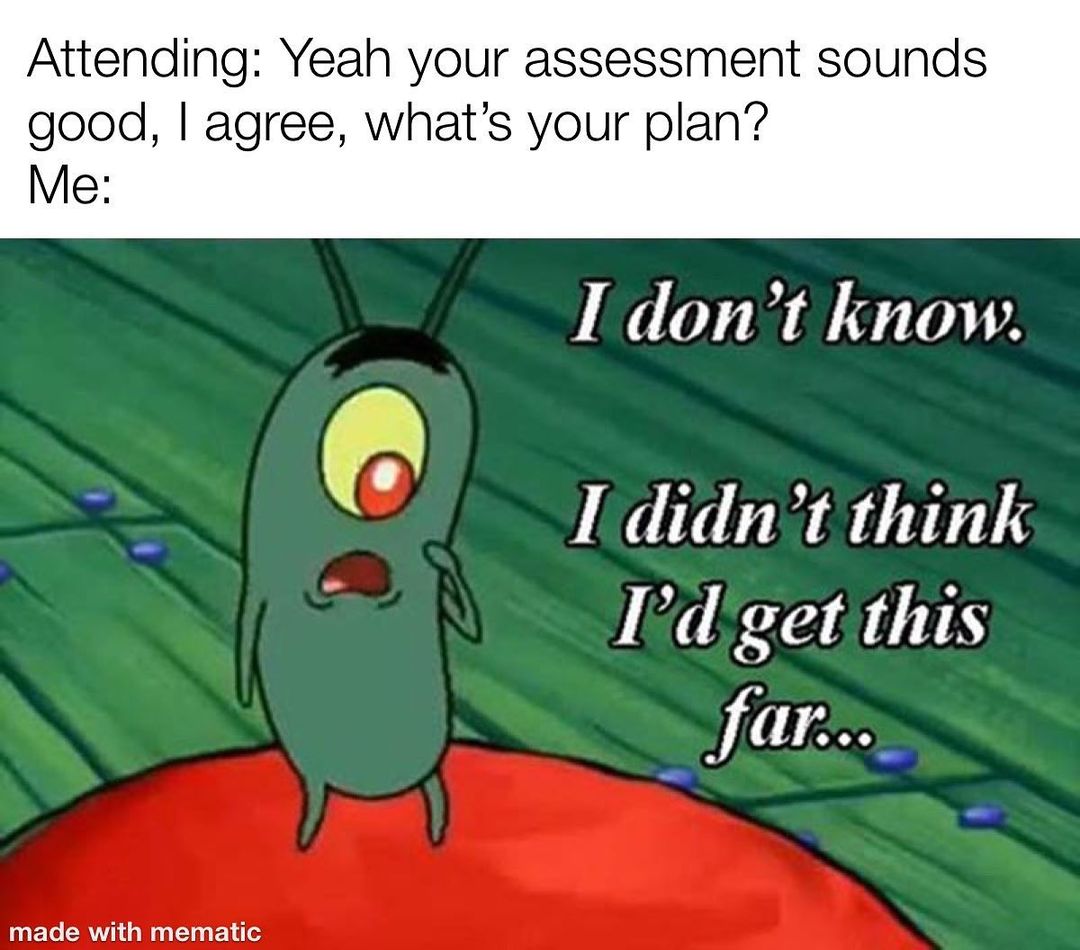
Whāia te mātauranga hei oranga mō koutou
Seek after learning for the sake of your wellbeing
Kia ora. You have all worked so well over the past two weeks, crating one pagers for your notes, and then writing paragraphs in response to your texts. Ka pai! This week, we are going to spend some time uploading assessments (Monday) and then look at the writing you are doing in other curriculum areas to support with structure and language. Please think about how I can best support your writing. What can I do to help you succeed? We are also going to visit the library and return the texts we have been studying. Remember to bring them to schol on Monday. You will then be able to select a bok to read for pleasure. Selecting and reading a range of texts that challenge your thinking and ideas is a great way to improve your comprehension skills and will lead to successs in many areas.
Success Criteria:
- Complete and upload assessment task one
- Identify writing needs across the curriculum
- Develop a plan for improving writing
Activities:
- Scan one pagers
- Upload one pagers and paragraph documents
- Return library books and issue new books
- Discuss writing needs in other curriculum areas
- Identify writing structures that need support
Further Learning:
Read a bookFOCUS / ARONGA learning intentions:
- We are FOCUSING on comparing and contrasting a range of responses
- We are FOCUSING on describing the structure of an extended text using the language of plot
- We are FOCUSING on identifying key moments and pivotal events in the text
- We are FOCUSING on summarising without retelling and discussing key decisions, characters and theme
-
Assessment Task One A - Identify Text Structure Assignment
-
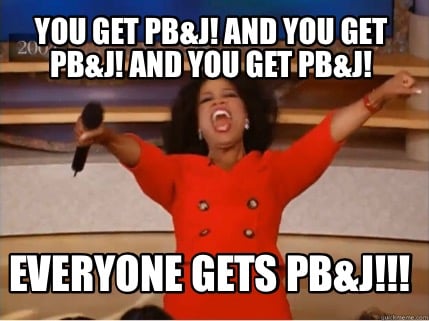
Mā te huruhuru ka rere te manu
Adorn the bird with feathers so it may soar.
Kia ora, I hope you all had a restful weekend and TOD. I am looking forward to seeing your one-pagers and paragraphs - I am just waiting for the last few to be submitted before I crack into the marking. This week we are going to look at procedure writing - this is a structure of writing that you wil find useful in a range of other curriculum areas - from "how-to" guides in Maths and Global, and methods in Science.
Success Criteria:
- Identify the structure of procedure
- Include all information necessary
- Check procedure is accurate
Activities:
- Discuss procedure with a buddy
- Share method for making a peanut and butter sandwich
- Write procedure using appropriate structure
- Swap with a buddy and get feedback
- Class watch of video
Further Learning:
Read a book (Library Monday Week 10)PLAN & DO / WHAKAMAHI learning intentions:
- We are PLANNING. a procedure so that we can apply an accurate structure across curriculum areas
-
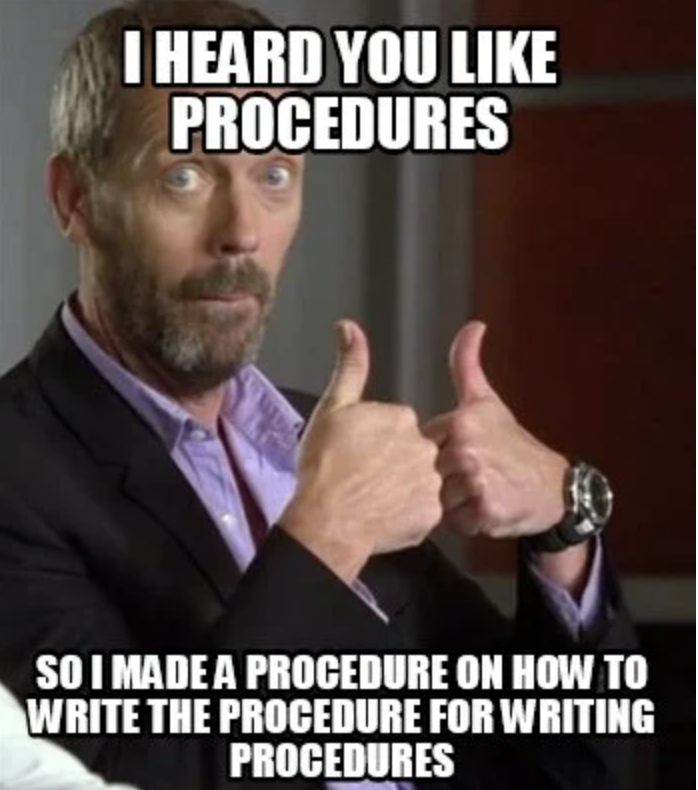
Ki te kahore he whakakitenga ka ngaro te iwi
Without foresight or vision the people are lost
Kia ora. I hope you all enjoyed revisiting procedure writing last week. Being able to write and follow a procedure is a life skill, and something that will use of use to you for the rest of your lives. I wonder how many prodecures you followed over the past weekend? Hopefully we all followed the procedure for navigating daylight saving time and adjusted our clocks in the right direction! What procedures do you follow that were unknown to earlier generations? Think about the times you have had to help an older member of your family with technology - perhaps they have had to help you with something that was common to them but is little used today? I know that very few of us could self-administer a RAT just a month or so ago - now we are all experts! Think about how carefully you looked at the instructions the first time......
Success Criteria:
- Identify the structure of procedure
- Include all information necessary
- Check procedure is accurate
Activities:
- Library (Monday)
- Identify a procedure about a 'new' technology (something you may need to explain to a grandparent)
- Brainstorm the information you will need to provide in your procedure
- Write the procedure using the structure of procedural writing
- Have a buddy 'stress test' your procedure (Follow the instructions exactly as written)
Further Learning:
Read a book (Bonus - see if someone at home can follow your procedure)PLAN & DO / WHAKAMAHI learning intentions:
- We are PLANNING. a procedure so that we can apply an accurate structure across curriculum areas
-

Kua hua te marama
Something has completed a full cycle
Kia ora. We have made it to the end of Term One! Phew, how long has it been since we were able to spend a full term together at school? Thank you for your work this term. We started our response to text unit by selecting novels from the library, we have explored the structure of a text (Theme, rising action, characters, climax etc) and written to explain our ideas. We have then spent some time looking at procedure writing - identifying the structure and elements that make a good procedure. Procedural writing is a skill you will use throughout your life. Being able to give clear and correct instructions applies to many facets of your life. Procedures are not always written, often they are verbal instructions. We do not have a library session this week, but books can be returned during lunchtime.
Success Criteria:
- Identify the structure of procedure
- Include all information necessary
- Check procedure is accurate
Activities:
- In pairs, complete Drawing Twins activity
- Swap roles
- Reflection on task - what made instructions easier or more challenging to complete
Further Learning:
Read a bookREFLECT / WHAIWHAKAARO learning intentions:
- We are REFLECTING on the challenges we faced in our response to text
- We are evaluating our time management and knowledge of text structure
-
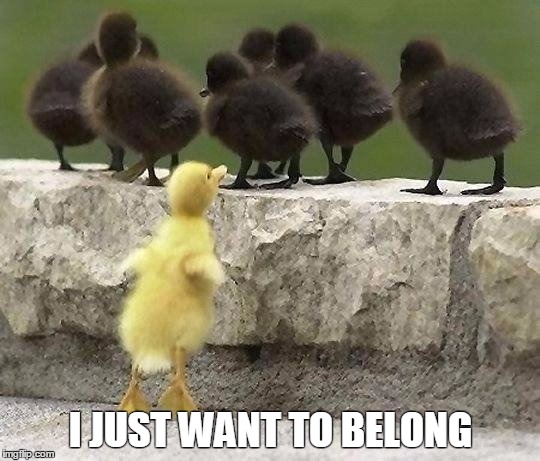
Whiria te tāngata
Weave the people together.
Kia ora. I hope you have all had a restful and safe term break. I am sure when we last saw each other it was summer - now it definitely feels like winter is drawing close! This term we are going to be focussing on oral language techniques in English. We will look at speeches and seminars, TED talks and oral presentations, plays and poetry slams. We will be using tableaux and freezeframes to explore meaning in texts.
Success Criteria:
- Identify and explain a range of poetic techniques
- Use a writing framework to create a piece of poetic writing
- Use a range of figurative and poetic techniques in my writing
Activities:
- Library
- Generalised Feedback - Term 1 Assessment Task
- Revision/Brain Dump - poetic features
- Introduce Slam Poetry
Further Learning:
Read a book -
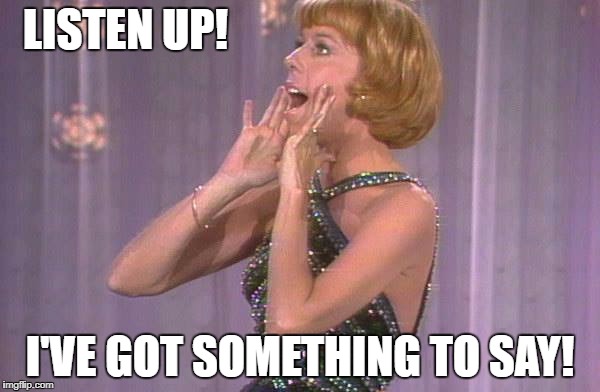
He aha te kai a te rangatira? He kōrero, he kōrero, he kōrero.
What is the food of the leader? It is knowledge. It is communication.
Kia ora. I hope you all had a great weekend. It's always difficult after a term break to settle back into school routines, but I was really pleased with the way you have got on with your work - and have read some really powerful Haiku verses. Ka Pai! This week, we are going to view some more examples of slam poetry, and then look at the transcripts to identify the poetic techniques we see. We will be looking at how we can expand our own writing to include these poetic techniques.
Success Criteria:
- Identify and explain a range of poetic techniques
- Use a writing framework to create a piece of poetic writing
- Use a range of figurative and poetic techniques in my writing
Activities:
- Complete and publish Haiku (email to me, you do not have to print - you will choose whether you want to share with others)
- View poetry slam Alex Dang - What kind of Asian are you?
- Ed Perfect - poetic techniques (revision)
- Annotate transcript for poetic features
Further Learning:
Read a bookFind a Slam poetry video appropriate to share at school
-

Ruia te taitea, ka tu taikaka anake
Shake off the old, to reveal the new.
Kia ora. I hope you enjoy your TOD on Monday - perhaps you can take the opportunity to think about the issue you want to look at in your oral language presentation. We will spend some time this week revising research skills so that you can start to build your message.
Success Criteria:
- Use a framework to plan research
- Use a graphic organiser to record information logically
- Record references and sources appropriately
- Write from notes in own voice
- Apply poetic techniques to writing
Activities:
- Brainstorm possible topics of interest
- Revise KW Chart
- Create KW Chart on chosen topic
- Use KW Chart to undertake research
- Record information on T-Chart
Further Learning:
Read a book/View a poetry slamEXPLORE / TŪHURA learning intentions:
- We are EXPLORING poetic techniques and how we can connect these to our message
- We are EXPLORING how we can use oral presentations to share our ideas
- We are EXPLORING how we can work in groups to unpack different viewpoints in a text
-

Iti noa ana he pito mata.
From the withered tree a flower blooms.
Kia ora. I hope you were kind to yourself (as well as to those around you) last week. We are lucky that kindness is not bound by quantity - if fact, the more kindness you show, the more kindness you receive. Don't wait for a special moment to undertake a random act of kindness - try and find at least one moment a week where you can be kind with no expectation of acknowledgment or reward - it will make you feel so much better inside. This week, we are going to continue working on our poetry slam/oral language presentations. By now you should have brainstormed topics that call to you, completed a KW chart to guide your research and started to record your research on a T-Chart. This week, we are going to continue our research so that at the end of the week, you are ready to start drafting your poem. We will take a session to revise and refresh oral language techniques we use when presenting to an audience.
Success Criteria:
- Use a framework to plan research
- Use a graphic organiser to record information logically
- Record references and sources appropriately
- Write from notes in own voice
- Apply poetic techniques to writing
Activities:
- Complete Brainstorm and KW Chart
- Research topic
- Review/Revise oral language techniques (on Education Perfect)
- Draft poem/presentation
Further Learning:
Read a book/Watch a slam poet present!EXPLORE / TŪHURA learning intentions:
- We are EXPLORING poetic techniques and how we can connect these to our message
- We are EXPLORING how we can use oral presentations to share our ideas
- We are EXPLORING how we can work in groups to unpack different viewpoints in a text
-
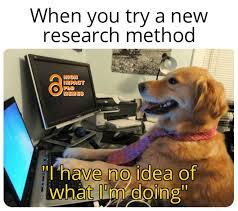
He kai kei aku ringa
There is food at the end of my hands
Kia ora. Halfway through the term already. Phew. I hope the library sessions we have had that looked at how to use a database to research will help you when you are looking at supporting your ideas. The KW chart (especially the key words you have identified) will help you frame the paramaters of your research enquiry. You should be well underway gathering the ideas and information you will need for your oral presentation. Hopefully this will be completed by the end of this week, so that we can start writing from our notes next week. Please remember to take your English books home on Tuesday afternoon, so that you can continue to work on your reseach while you are rostered home.
Success Criteria:
- Use a framework to plan research
- Use a graphic organiser to record information logically
- Record references and sources appropriately
- Write from notes in own voice
- Apply poetic techniques to writing
Activities:
- Complete Brainstorm and KW Chart
- Use a database (EPIC) to Research topic
- Record notes on a T-Chart
- Draft poem/presentation
Further Learning:
Read a book/Watch a slam poetFOCUS / ARONGA learning intentions:
- We are FOCUSING on identifying the topic or issue we want to discuss
- We are FOCUSING on choosing research skills to assist us select appropriate information
- We are FOCUSING on developing the ideas we want to share in our presentation/speech/poetry slam
-
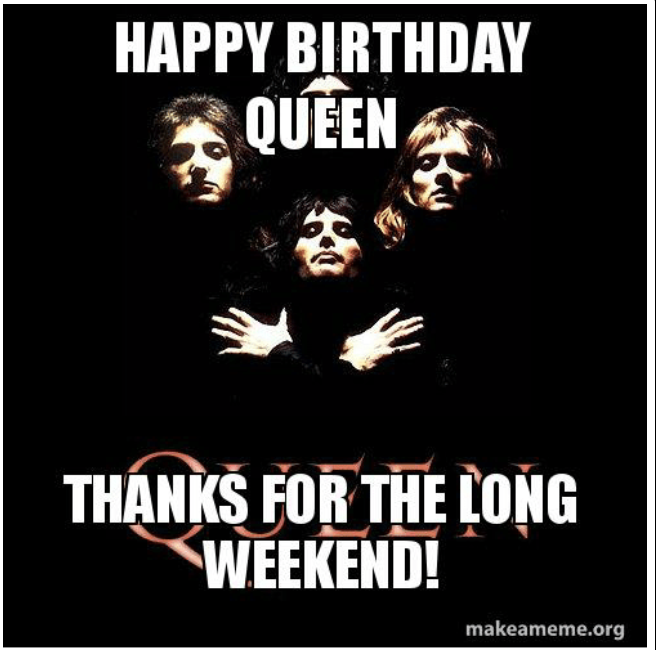
Hauhake tū, ka tō Matariki.
The harvest ends when Matariki sets.
Kia ora. I hope you all have had a restful break. We are halfway through the year - wow! This week, we are going to start writing our oral presentations. Remember to continue using your research framework to plan and organise your research.
Success Criteria:
- Use a framework to plan research
- Use a graphic organiser to record information logically
- Record references and sources appropriately
- Write from notes in own voice
- Apply poetic techniques to writing
Activities:
- Complete Brainstorm and KW Chart
- Use a database (EPIC) to Research topic
- Record notes on a T-Chart
- Draft poem/presentation
Further Learning:
Read a book, watch a Slam PoemFOCUS / ARONGA learning intentions:
- We are FOCUSING on identifying the topic or issue we want to discuss
- We are FOCUSING on choosing research skills to assist us select appropriate information
- We are FOCUSING on developing the ideas we want to share in our presentation/speech/poetry slam
-
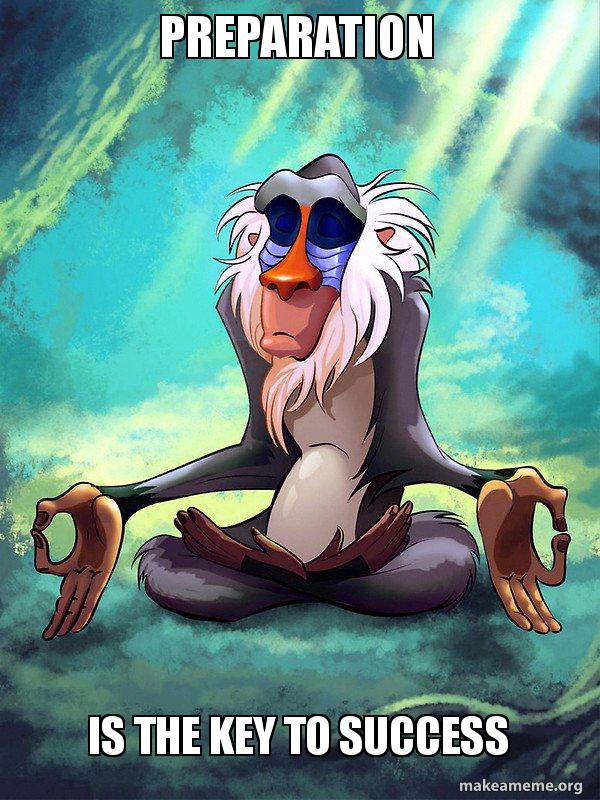
Ehara! Ko koe te ringa e huti punga!
Yes! Yours is the arm best suited to pull up the anchor!
Kia ora. What a wild week of weather we had last week! We are off to the library on Monday - we will then spend the remainder of the week using our research to prepare our presentations. You have leant about how to undertake a research project. My hope is that you will continue to use KW charts and T-Charts when you research to help your structure the process
Success Criteria:
- Use a framework to plan research
- Use a graphic organiser to record information logically
- Record references and sources appropriately
- Write from notes in own voice
- Apply poetic techniques to writing
Activities:
- Draft poem/presentation
Further Learning:
Read a book/Watch a slam poemPLAN & DO / WHAKAMAHI learning intentions:
- We are PLANNING our oral presentation so that we can share our thoughts and feeling when we perform our poetry/speech
-
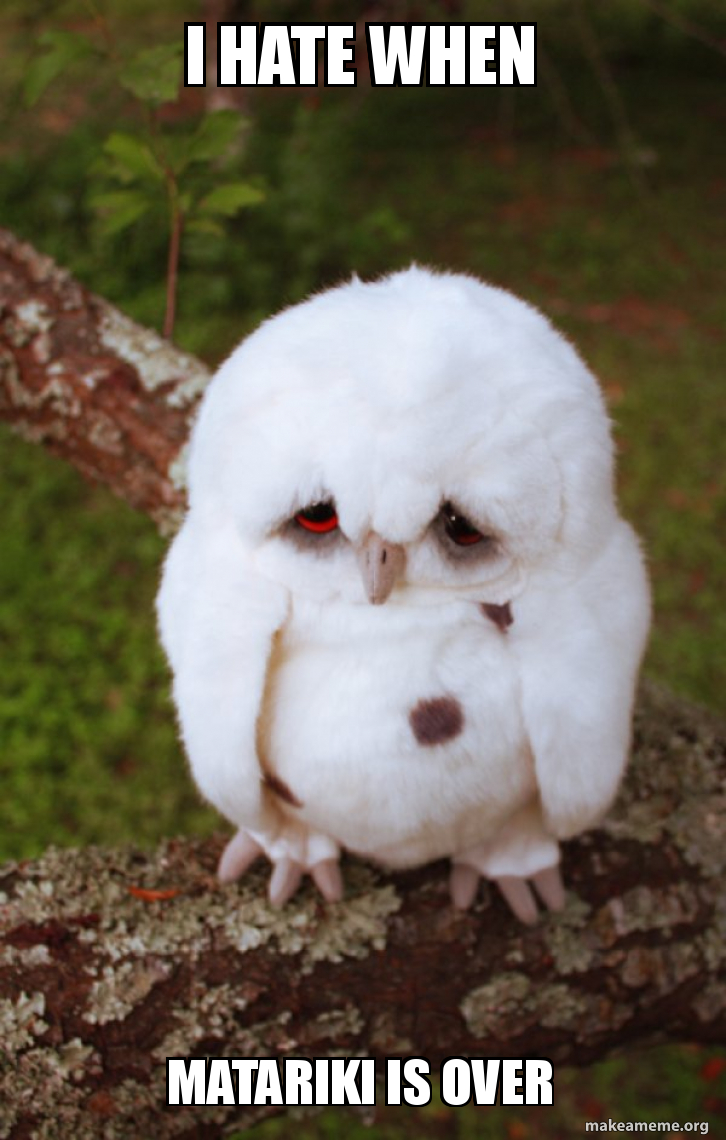
Kia whakatōmuri te haere whakamua
I walk backwards into the future with my eyes fixed on my past.
Kia ora. We have a really busy week ahead, you have asTTle assessments, your oral presentations and a day to celebrate matariki. The Maori New Year is a great time to look back on the first 6 months of this year, and to set some goals for the remainder of the year. What has worked well for you, and what will be your focus for the remainder of the year...... A huge congratulations for those who participated in the Lip Sync competition - you rocked!
Success Criteria:
- Use a framework to plan research
- Use a graphic organiser to record information logically
- Record references and sources appropriately
- Write from notes in own voice
- Apply poetic techniques to writing
Activities:
- Draft poem/presentation
Further Learning:
Read a book/Present your speech/poemPLAN & DO / WHAKAMAHI learning intentions:
- We are PLANNING our oral presentation so that we can share our thoughts and feeling when we perform our poetry/speech
-
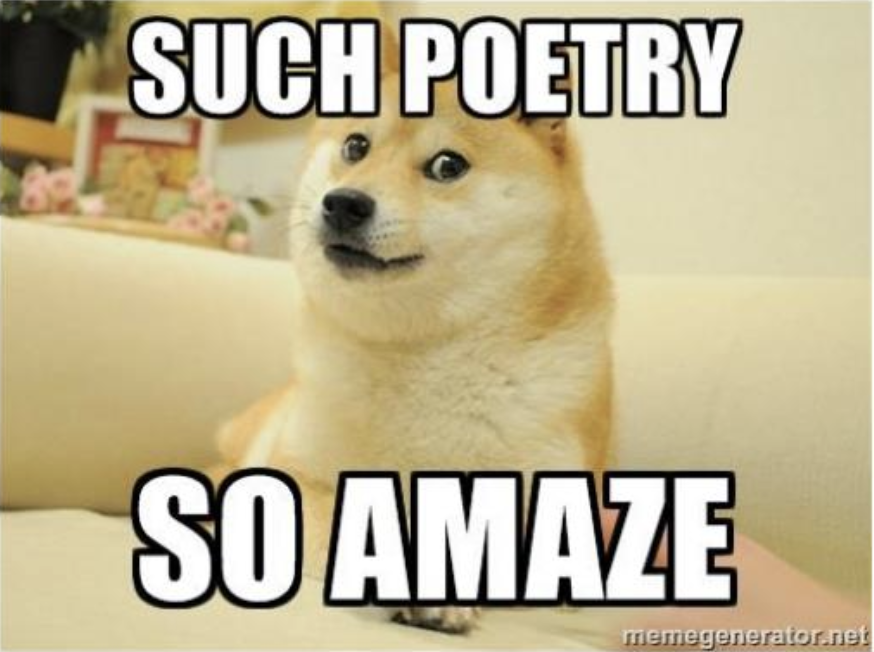
Tuia ki te rangi, Tuia ki te whenua, Tuia ki te moana, E rongo te po, E rongo te Ao
Look to the sky, the land, and the sea to understand the divisions between day and night
Kia ora. I hope you had a fantastic Matariki. How awesome is it to be able to participate in the very first formal nationwide celebration of Matariki - a celebration with is unique and indigeneous to our country. This week, we are going to be delivering our slam poetry/oral presentations in small groups. You will be peer assessed on your use of oral language techniques. I will also attend some of the presentations (especially those of you who have not completed assessment task one)
Success Criteria:
- Use a framework to plan research
- Use a graphic organiser to record information logically
- Record references and sources appropriately
- Write from notes in own voice
- Apply poetic techniques to writing
Activities:
- Draft poem/presentation
- Reflection
Further Learning:
Read a bookPLAN & DO / WHAKAMAHI learning intentions:
- We are PLANNING our oral presentation so that we can share our thoughts and feeling when we perform our poetry/speech
-
REFLECT / WHAIWHAKAARO learning intentions:
- We are REFLECTING on oral language techniques and how these can impact on an audience
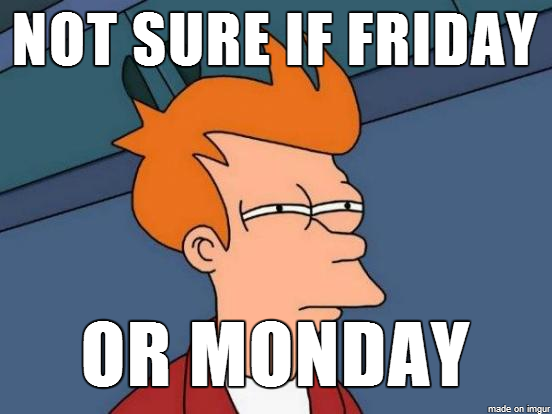
Kua hua te marama
Something has completed a full cycle
Kia ora. Well, we have made it to the end of Term Two. Well done on all your work this term. There are still a few oral presentations to be completed, but we are on the home stretch. I hope you all take the time to relax over the holiday break - keep safe and warm, and spend some time reflecting on your successes and the things you can focus on to make the second half of the year as strong as the first.
Success Criteria:
- Use a framework to plan research
- Use a graphic organiser to record information logically
- Record references and sources appropriately
- Write from notes in own voice
- Apply poetic techniques to writing
Activities:
- Complete oral presentations
- Reflection
- Parts of Speech Document (google classroom)
Further Learning:
Read a book!-
Assessment Task One - Oral Presentation Assignment
-
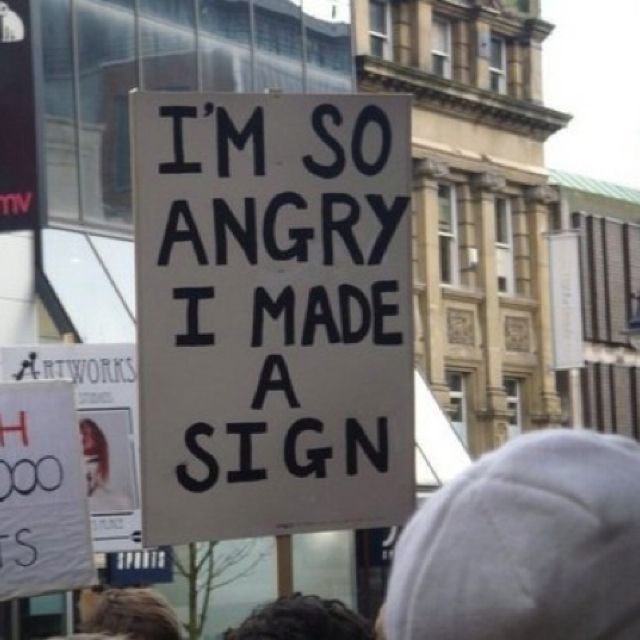
E kitea ai ngā taonga o te moana, me mākū koe.
If you seek the treasures of the ocean, you’d better get wet.
Kia ora. Welcome back to Term Three. I hope you have all had a restful and relaxing term break. This term, we are going to look at the language of images - how we can create a strong message that is easily identified at a distance by use of colour, symbol, composition etc. We are going to do this by looking at protest movements and signs - these are often very clever and thought provoking, inspiring action rather than mere agreement or passive reception. This terms work will culminate with you identifing your own moment of protest and creating a static image to support the action you want others to take around this moment.
Success Criteria:
- Identify a range of visual language techniques (colour/symbol/ composition etc.)
Activities:
- Identify elements of visual language
- View slideshows (google classroom)
Further Learning:
Read your novel
EXPLORE / TŪHURA learning intentions:
- We are EXPLORING by analyzing techniques used in a graphic design and identifying why these techniques are used
- We are EXPLORING how we can interpret emotion and affect through deliberate use of techniques and analyse the effect of these on an audience
-
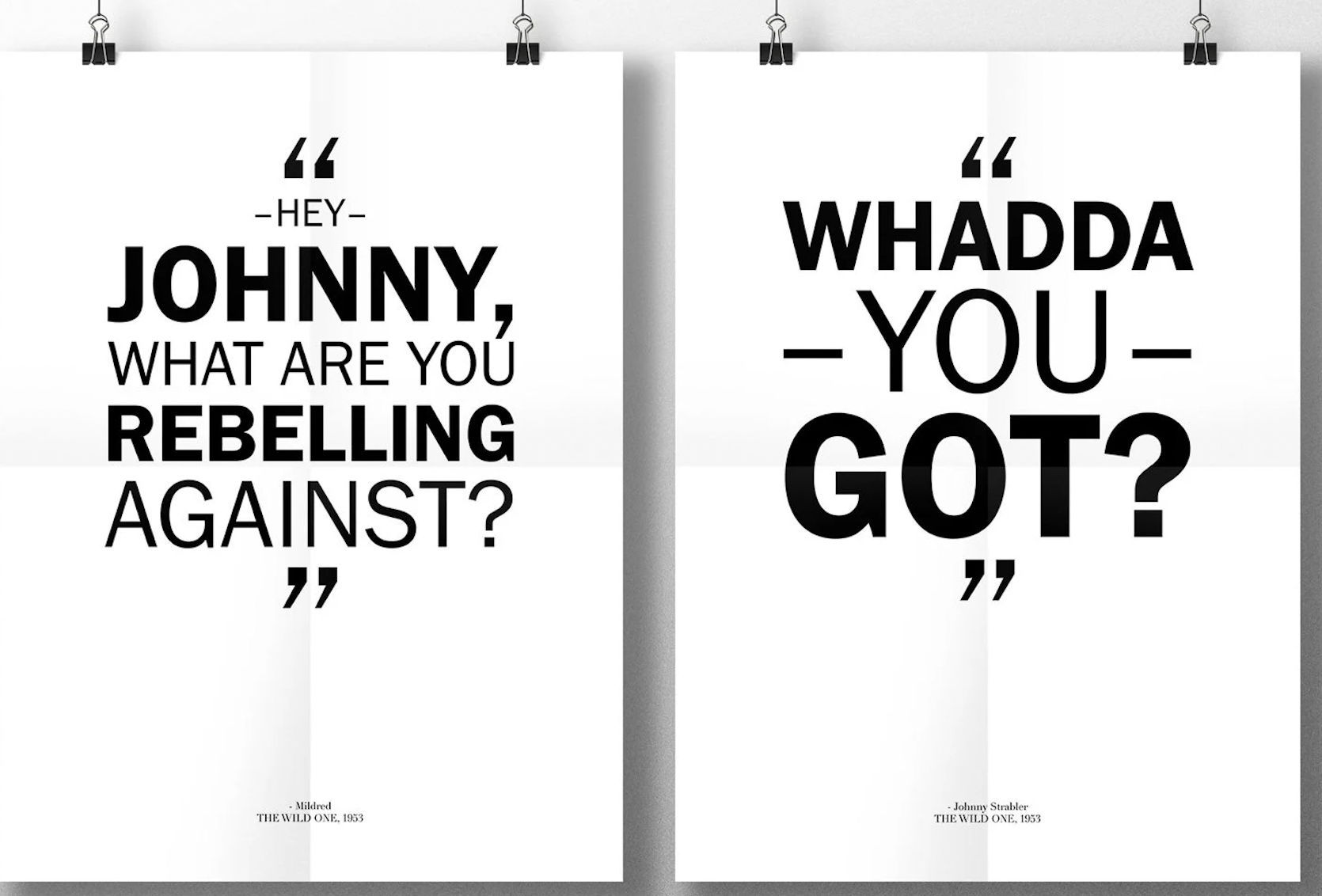
He Waka Eke Noa
We're All in this Together
Kia ora. This week we are going to continue looking at visual language techniques and effective protests signs. We have looked at the elements of static image and use of colour, this week we are going to focus on the use of symbol and composition - how we put the static image together. Please view the slide shows attached to this page and also investigate sites like postermywall.com and canva so you can create some static images digitally (perhaps a get well soon, we miss you sign for your favourite english teacher would be a good way to practice your skills)
Success Criteria:
- Identify a range of visual language techniques (colour/symbol/ composition etc.)
Activities:
- View slideshow on use of symbol
- View slideshow on composition
- Explore digital poster creation tools
- Create a digital static image using elements of colour/symbol and composition and send it to your favourite english teacher.
Further Learning:
Read a bookEXPLORE / TŪHURA learning intentions:
- We are EXPLORING by analyzing techniques used in a graphic design and identifying why these techniques are used
- We are EXPLORING how we can interpret emotion and affect through deliberate use of techniques and analyse the effect of these on an audience
- Identify a range of visual language techniques (colour/symbol/ composition etc.)
-
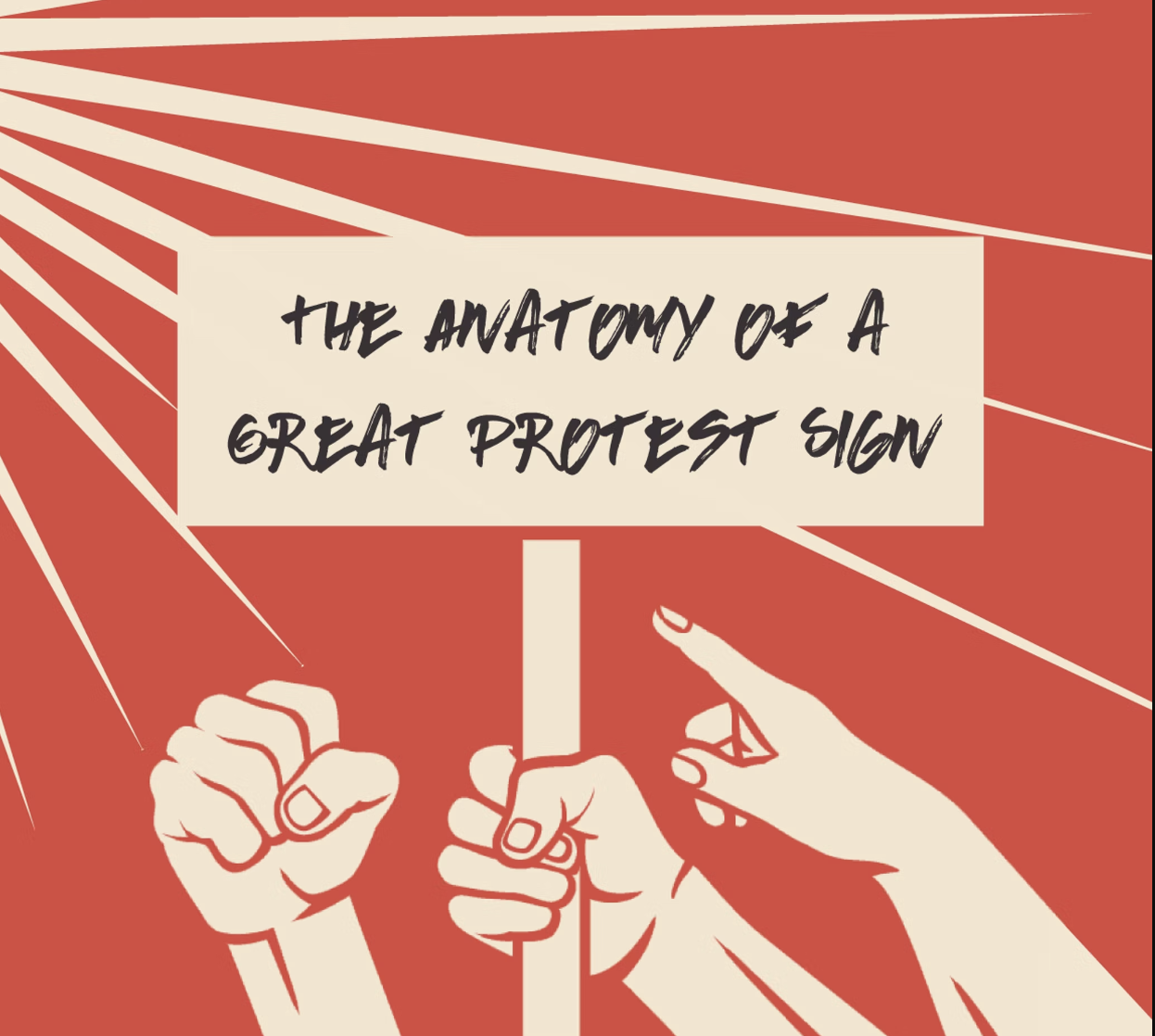
Mā te kimi ka kite, Mā te kite ka mōhio, Mā te mōhio ka mārama
Seek and discover. Discover and know. Know and become enlightened.
Kia ora. I am looking forward to seeing you all this week. Hopefully you have had a chance to view the slideshows on visual language and have had a go at creating your own visual images using the elements of visual language we have already covered. This week, we will continue our exploration of visual language techniques. We will also start looking at a homegrown protest movement - nuclear free Aotearoa! In 2020, Jacinda Adern famously called climate change her generation's “nuclear-free moment”. - What was this moment and how was it recorded? What visual language was used to support the messaging?
Success Criteria:
- Identify a range of visual language techniques (colour/symbol/ composition etc.)
Activities:
- Review slideshows from week Two
- View Slideshow Text Choice
- Operation Grapple - Information collection and sharing (Padlet)
Further Learning:
Read your novelsEXPLORE / TŪHURA learning intentions:
- We are EXPLORING by analyzing techniques used in a graphic design and identifying why these techniques are used
- We are EXPLORING how we can interpret emotion and affect through deliberate use of techniques and analyse the effect of these on an audience
-

Kei ōu ringaringa te ao
The world is yours
Kia ora. I was really impressed with the way you worked as a group to unpack the events of Operation Grapple and make links on the padlet. It is important to understand the starting position of a protest to see how and why the protest was created and how it developed. What do you think? Should New Zealand have been involved in Operation Grapple? Do you think the young sailors involved had the ability to make an informed decision about their participation in the operation? What elements of Hauora were not balanced? It is easy to look back based on what we know now - but where was the power situated between 1945 and 1962? This week, we are going to have a go at creating some static images to represent the feelings of the people involved in Operation Grapple, we will also start to look at the next stage of the nuclear free movement in New Zealand - Moruroa.
Success Criteria:
- I can list elements of visual language
- I can record and annotate elements on a graphic design
Activities:
- Create a static image (Canva/poster my wall) representing one view of Operation Grapple (World/NZ/Navy)
- Moruroa research
Further Learning:
Read a bookFOCUS / ARONGA learning intentions:
- We are FOCUSING on identifying elements of graphic design
- We are FOCUSING on describing the effect of these elements on the viewe
-
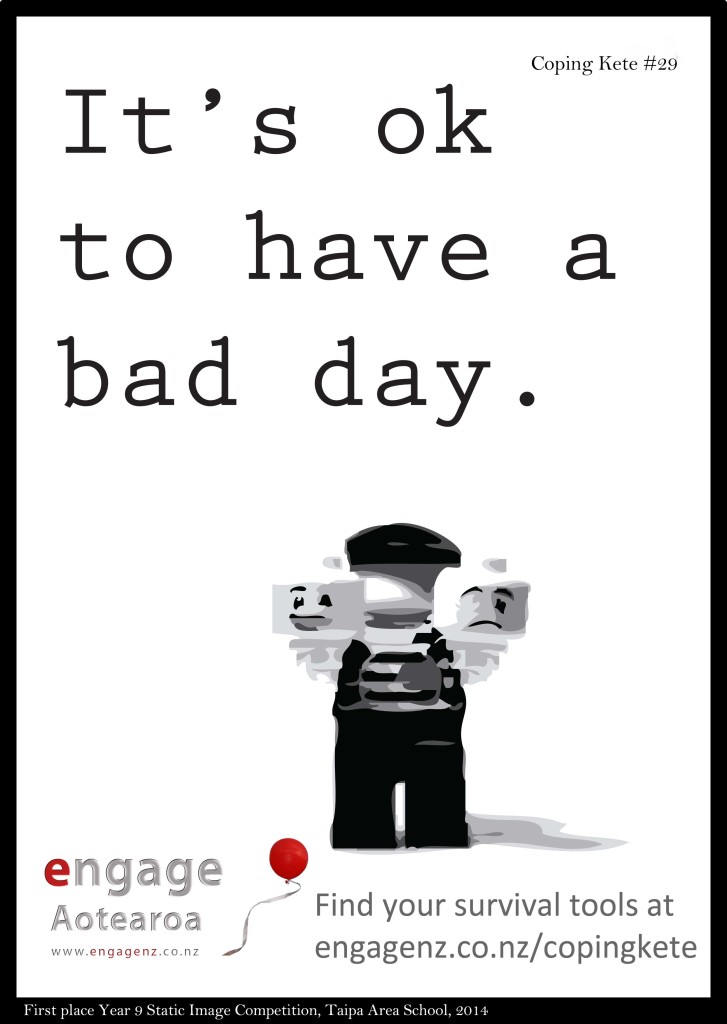
Tūwhitia te hopo!
Feel the fear and do it anyway
Kia ora. I feel like I hardly saw you last week..... it has been a very busy term! This week, we are going to continue exploring static image - and how we can create a powerful message using colour, symbol, composition and text. We will also look at the next stage of the nuclear fee New Zealand movement.
Success Criteria:
- I can list elements of visual language
- I can record and annotate elements on a graphic design
Activities:
- Library (Monday)
- Locate an advertisement (Nespresso) and annotate elements of static design (google classroom)
- Reflection - Operation Grapple
- Muroroa - Nuclear-free New Zealand
Further Learning:
Read a book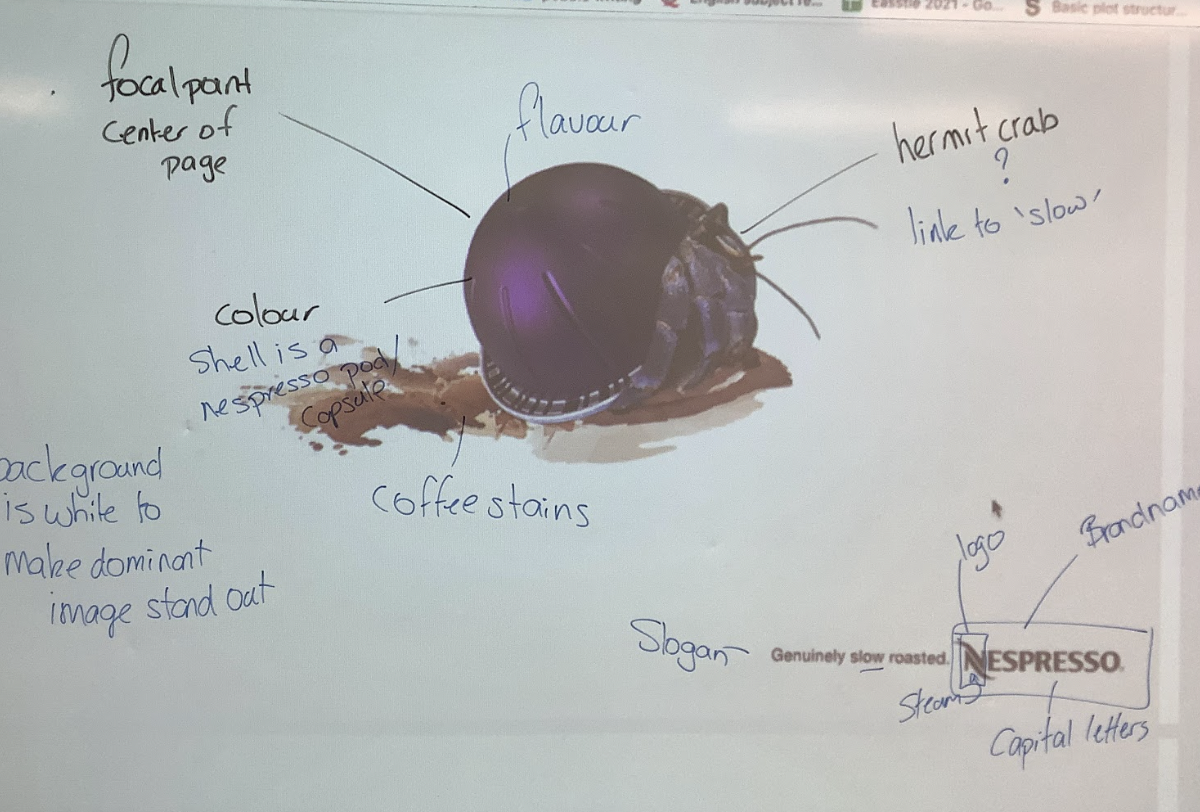
FOCUS / ARONGA learning intentions:
- We are FOCUSING on identifying elements of graphic design
- We are FOCUSING on describing the effect of these elements on the viewe
-
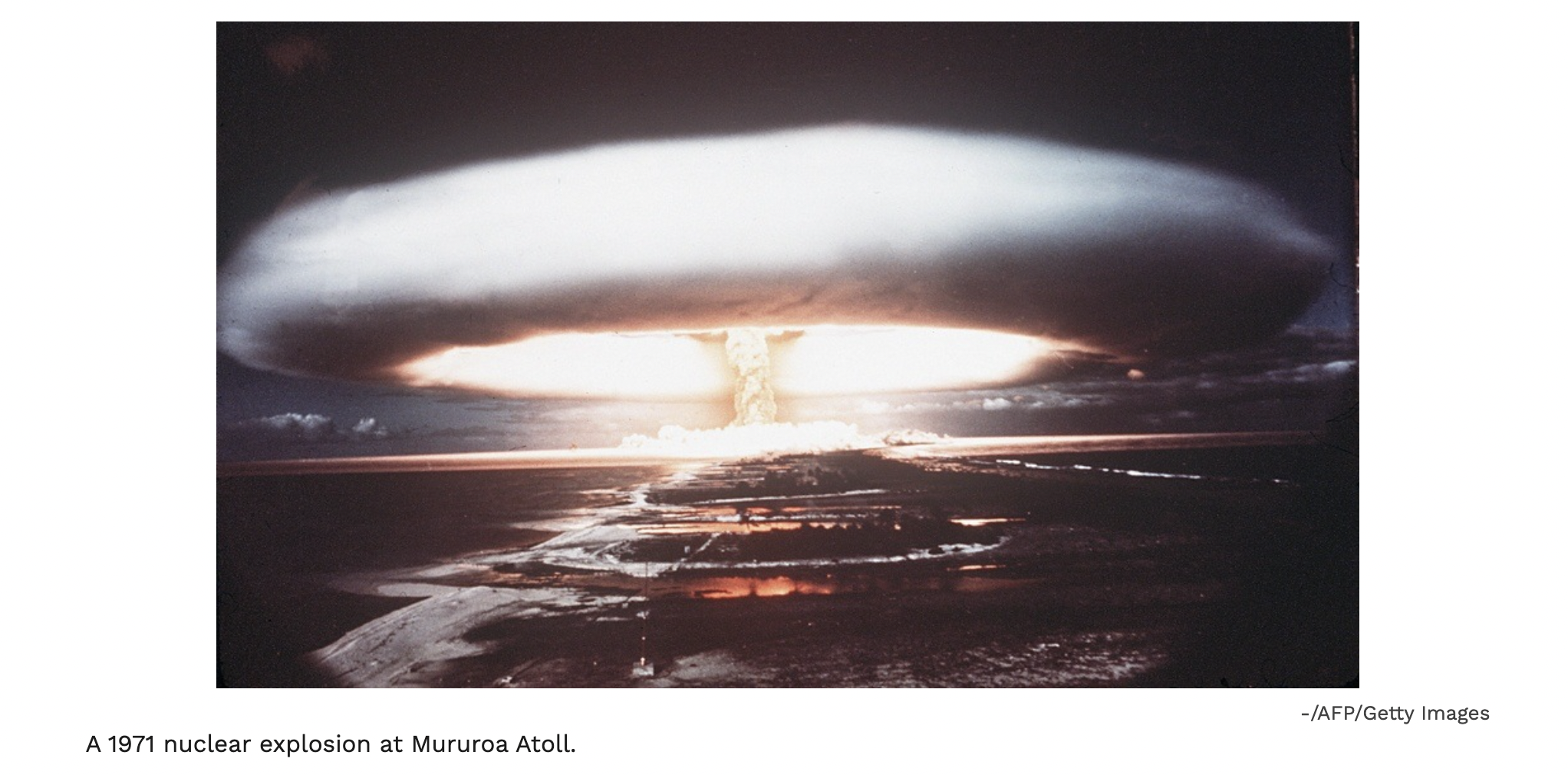
E kore te patiki e hoki ki tona puehu
The flounder fish does not return to his dust (don't make the same mistake twice)
Kia ora. It is hard to add anything under the image above. This is what happened in our 'neighbourhood'. The image illustrates French nuclear testing in the Pacific. I have no more words!
Success Criteria:
- I can list elements of visual language
- I can record and annotate elements on a graphic design
Activities:
- Explore documents and artifacts related to Muroroa
- Add to Padlet below Operation Grapple notes
Further Learning:
Read a book/read about French Nuclear testing in the PacificFOCUS / ARONGA learning intentions:
- We are FOCUSING on identifying elements of graphic design
- We are FOCUSING on describing the effect of these elements on the viewer
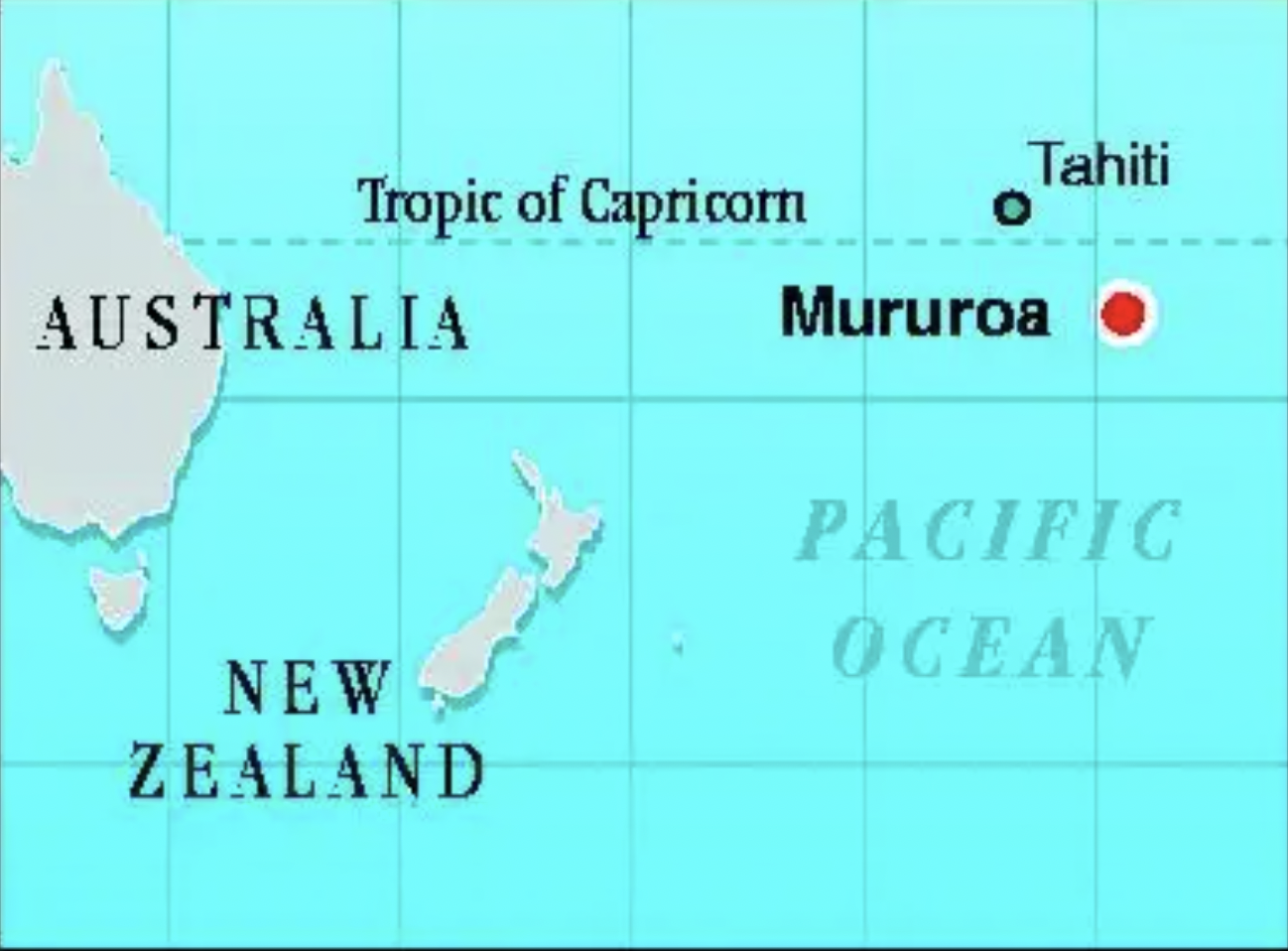
-
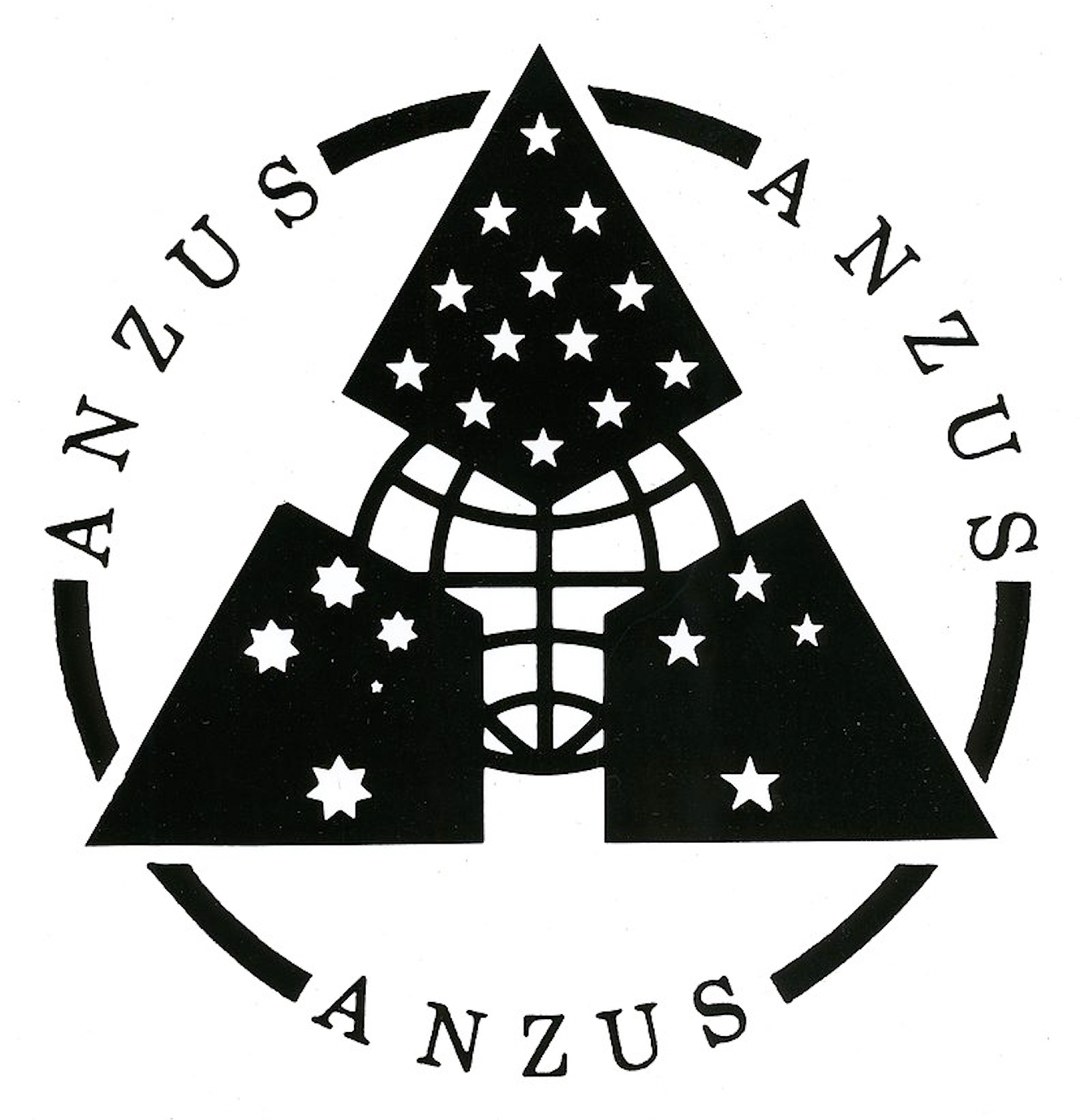
Whāia te mātauranga hei oranga mō koutou
Seek after learning for the sake of your wellbeing
Kia ora. I am really impressed with your work last week reading and making notes around the artifacts to do with Mururoa. We are going to start this week with our decision making cards around this event and creating a static image that encompasses our understanding, and then we are going to move on chronologically to the next stage of the nuclear free NZ protest - the ANZUS alliance.
Success Criteria:
- I can list elements of visual language
- I can record and annotate elements on a graphic design
Activities:
- Library
- Decision cards
- Static image - Mururoa
- ANZUS research and note making
Further Learning:
Read, read, read, readFOCUS / ARONGA learning intentions:
- We are FOCUSING on identifying elements of graphic design
- We are FOCUSING on describing the effect of these elements on the viewe
-
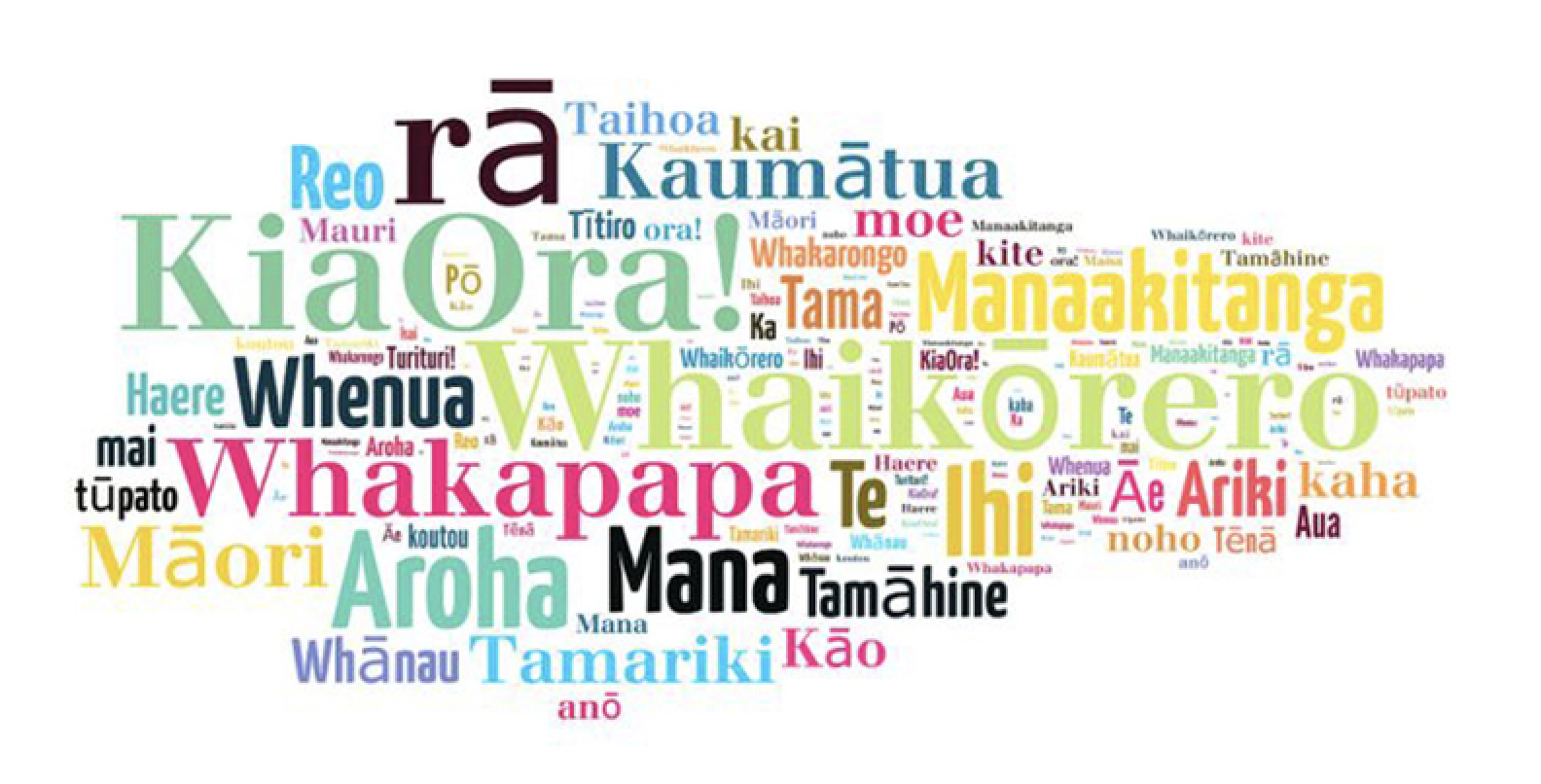
Kua hinga he totara i te wao nui a Tane.
A totara has fallen in the forest of Tane.
Kia ora. There are so many events that could have headed our page this week. It is Maori Language Week, and the 50th anniversary of the Maori Language Petition. It is also the first week we begin with a King, King Charles III. This week we also welcome back those who have attended the AIMS Games in Tauranga, the first Games held since the start of the Covid19 pandemic. In any normal week, I would know what to focus on, but this week is full of so many historical local, national and international moments. We will begin working on our assessment tasks - which are due in week ten. Thursday is Student Led Conferences.
Success Criteria:
- I have used color, symbol and composition with effect to communicate with my audience
Activities:
- Assessment Task
- Add any evidence to Great Learner Evidence (Use. of digital creation tools etc.)
Further Learning:
Assessment Task, read a bookPLAN & DO / WHAKAMAHI learning intentions:
- We are creating static images that
- I have used color, symbol and composition with effect to communicate with my audience
-
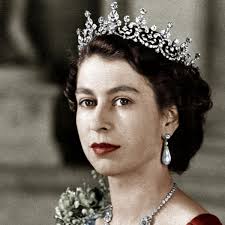
Hinga atu he tētē kura, ara mai he tētē kura.
When one chief falls another rises.
Kia ora. The image above is of Queen Elizabeth II when she became Queen. She was so young - and probably felt she was not ready to lead, but she stepped up and did what she needed to do for her country. This is something we all have to do (not leading a country, but stepping up), The past 3 years have seen a change in the way education was delivered, it was not a change any of us expected, but it was a change we all had to adapt to. As you near the final term of your journey as Year 9s, take time to reflect on where you are, and whether you have made the space in front of you to step up into. We end this term working on our static image commentary. Use the annotation notes you created around Nespresso advertisements to support you as you write to explain the deliberate choices you made when creating your static image. Remember, you will be uploading your static image AND your commentary for this Assesment task.
Success Criteria:
- I have used color, symbol and composition with effect to communicate with my audience
Activities:
- Identify 3 elements of static image on which you will base your commentary
- Draft body paragraphs and sequence
- Draft your introduction, signposting points in the order you have decided - remember to hook the reader
- Draft your conclusing based on your introduction - remember to leave the reading with something to think about
- Construct your commentary, proofread and edit caredully
Further Learning:
Read a bookPLAN & DO / WHAKAMAHI learning intentions:
- We are creating static images that
-
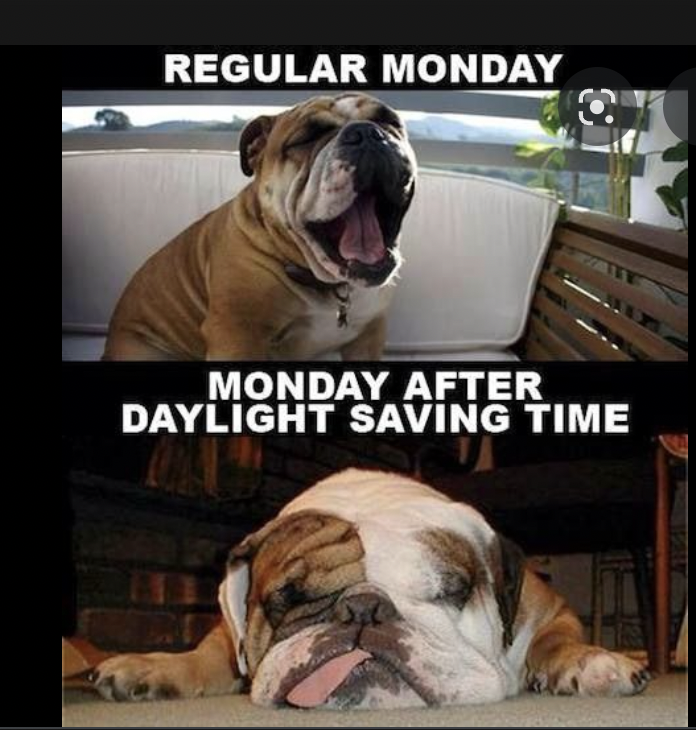
Kia whakatōmuri te haere whakamua:
‘I walk backwards into the future with my eyes fixed on my past’
Kia ora. Phew, we have made it to the end of the term. I hope you have all adjusted to daylight saving time. The memorial day public holiday has meant we have had an extra day to adjust to the change. How did you spend the day? Did you watch the memorial service? We have a very busy last week with many interruptions to the classroom program. Please keep an eye on your emails for photo times, mettings, presentations etc. Well done to most of you for submitting your Assessment tasks. There are a few still to be submittted and I am hoping these can be turned in as soon as possible so that I can grade and return to you. If you still have your library book, please give them to me, I am happy to return them for you.
Success Criteria:
- I have used color, symbol and composition with effect to communicate with my audience
Activities:
- Complete commentary and upload static image and commentary
- Digital passports
Further Learning:
Read a bookPLAN & DO / WHAKAMAHI learning intentions:
- We are creating static images that
-
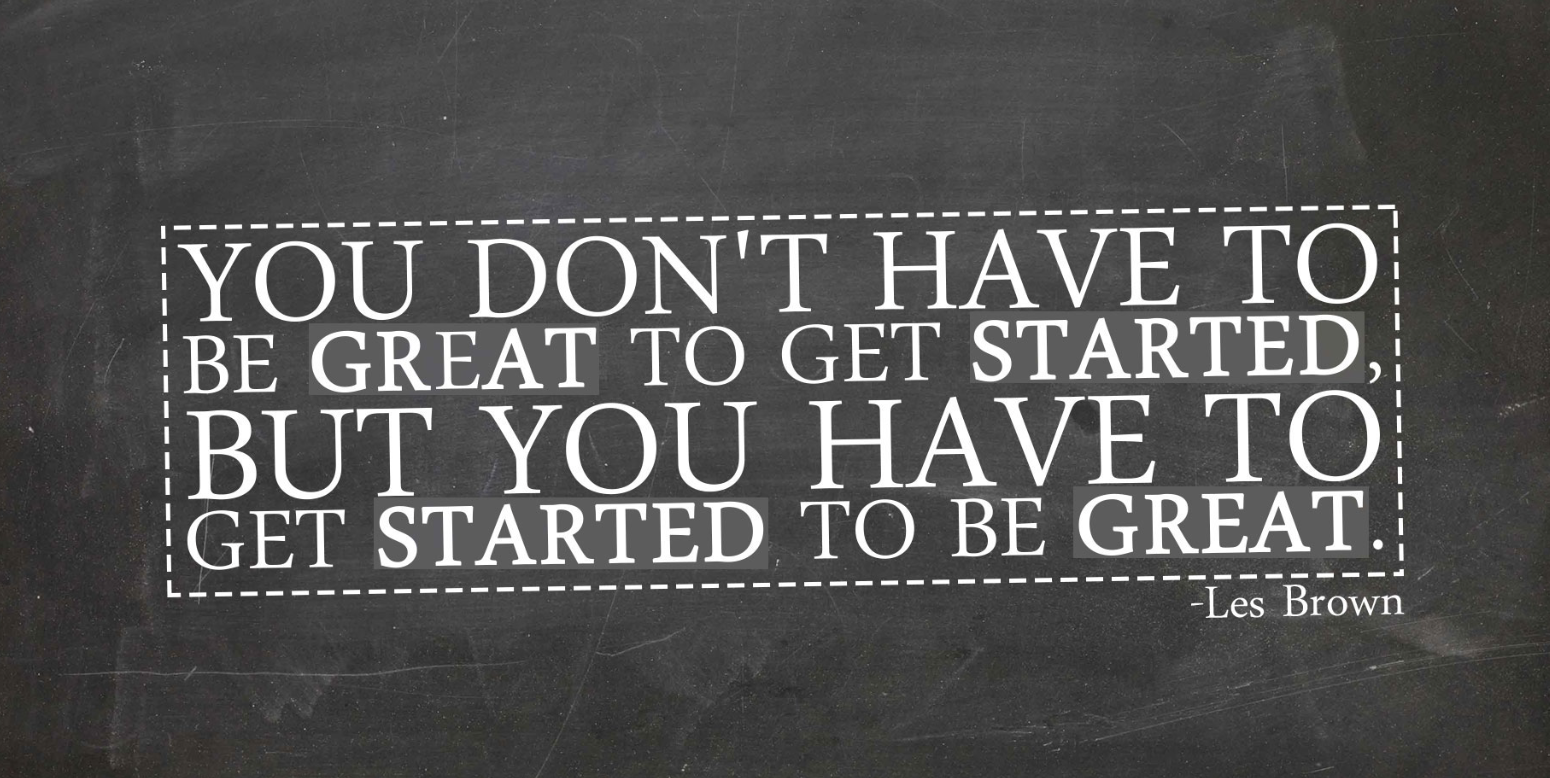
Whāia te mātauranga hei oranga mō koutou
Seek after learning for the sake of your wellbeing
Kia ora. Welcome back to Term 4! I hope you had a good break, I have taken advantage of the opportunity to get used to daylight savings time, and watching it get brighter earlier in the morning. This term we are going to focus on individual areas of need - you will think about what you need to learn/work on and will be given an opportunity to create your own plan/strategy for success. We are going to begin with written language - think about what area you need to work on - your literacy eReport from the end of last year may guide you here, as will any written assessment task comments (regardless of the curriculum area involved).
Success Criteria:
- Identify a range of structural elements of text (transactional) Orientation/Introduction/Body paragraphs/exposition/conclusion/resolution
- Identify key words in the question and in the text
Activities:
- Self reflection/review of Literacy eReport areas needing support
- Review of writing frameworks
- Creation of independent goal including identification of success criteria
- Writing practice
- Library
Further Learning:
Read a bookEXPLORE / TŪHURA learning intentions:
- We are EXPLORING by analyzing structural elements used in a writing framework and identifying why these elements are used
- We are EXPLORING how we can draw conclusions and make inferences when responding to questions on a written text
-

He toa taumata rau
Bravery has many resting places
Kia ora. We have a short week this week, with athletics day on Friday, so it is really important that you complete the writing tasks so that you can receive feedback. You need to refer back to the goal you identified at the start of this term and check that your submitted writing demonstrated the areas you need to be working on. Being able to add detail and sophistication to your ideas does mean that the prompts are complex - but you are all able to discuss the ideas and concepts so it is not a big step to be able to record these ideas in your writing.
Success Criteria:
- I can use elements of written text when structuring my writing
- I can use information from the text to respond to questions on a written text
Activities:
- Complete introduction and BP 1
- Check against rubric and seek feedback from peer
- Submit work
- Complete BP 2 & 3
Further Learning:
Read a bookEXPLORE / TŪHURA learning intentions:
- We are EXPLORING by analyzing structural elements used in a writing framework and identifying why these elements are used
- We are EXPLORING how we can draw conclusions and make inferences when responding to questions on a written text
-
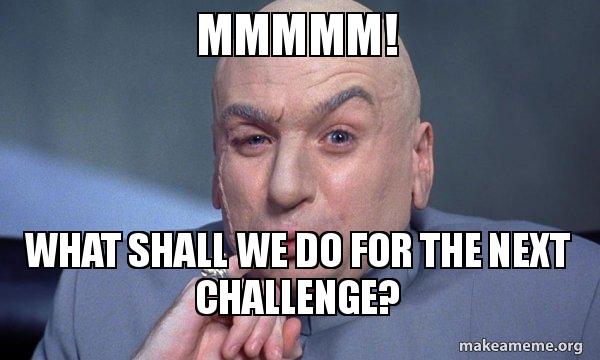
He kai kei aku ringa
There is food at the end of my hands
Kia ora. I hope you have all had a chance to have a good rest after athletics/tabloid day. Being outside in the sunshine and fresh air can be really tiring. This week, we are continuing to work on essay structure. Please refer back to the goal your set based on your EOY writing 2021. I have booked us into the library on Wednesday - remember to bring your books back. This will be our last in-class opportunity to issue books as the Library will need all books back in week 5/6.
Success Criteria:
- I can use elements of written text when structuring my writing
- I can use information from the text to respond to questions on a written text
Activities:
- Essay feedback and body paragraphs
- Library
- Drawing conclusions and making inferences
Further Learning:
Read a bookEXPLORE / TŪHURA learning intentions:
- We are EXPLORING by analyzing structural elements used in a writing framework and identifying why these elements are used
- We are EXPLORING how we can draw conclusions and make inferences when responding to questions on a written text
-
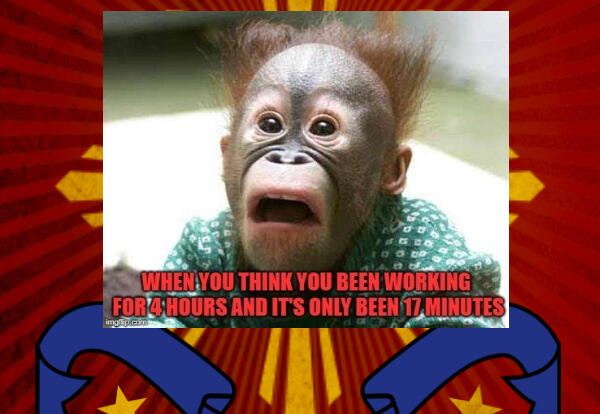
Tū whitia te hopo
Overcome your fear
Kia ora. We are about to enter a really busy time of the year. You have asTTle testing this week, and your CATs start next week. This can be a challenge - both with time and stress about preparation. Remember to take time to relax and rest. You have prepared for English, so just need to give yourself the opportunity to show what you can do. Use the time you are given, don't panic or rush. Read and reread the question and use all the comprehension strategies we have revised. Please remember to bring any library books you have finished reading back to school. I am happy to drop them down to the library for you.
Success Criteria:
- I can find relevant information in a text
- I can record the information that supports my response
- I can recognise the elements of a rubric
Activities:
- asTTle reading
- Essay feedback and goal settng
- Essay practice
Further Learning:
Read a bookFOCUS / ARONGA learning intentions:
- We are FOCUSSING on achieving a sense of coherence and wholeness when constructing texts
- We are FOCUSSING on organising and developing ideas and information for a particular purpose or effect, using the characteristics and conventions of a range of text forms.
- We are FOCUSSING on making and supporting inferences from texts independently.
- We are FOCUSSING on showing an understanding of how language features are used for effect within and across texts.
-
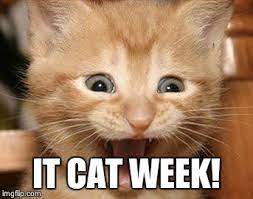
Kia ora. Welcome to CAT week. You are all going to be great! Please don't stress, you've been working towards this for the whole year. Remember what we have discussed in class and go be FABULOUS!
Success Criteria:
Write here
Activities:
- CAT
Further Learning:
Read a book - return any MHJC library books you have finished to the library :-) -
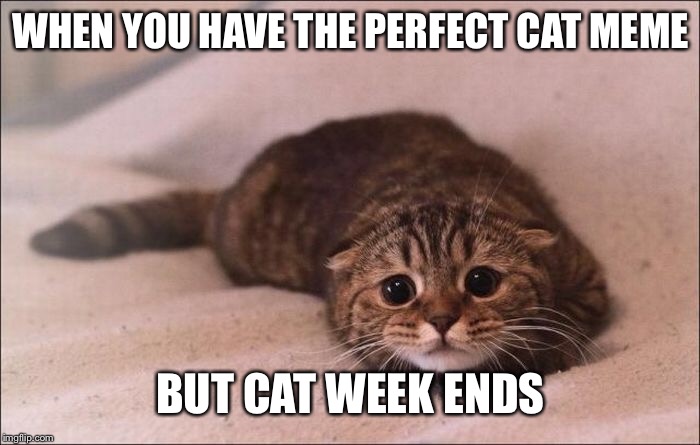
Kia ora. Well done on completing CAT week - now, think of your poor teachers having to mark all those CATS! Phew, please be patient with us if we seem a little stressed. This week we are going to review poetic language - we are going to work on rhyming couplets - think about the work of Dr Seuss. We will try and create some mottos/catch phrases using the language of poetry as well as find quotes that represent who we think we are as we prepare to enter Year 10.
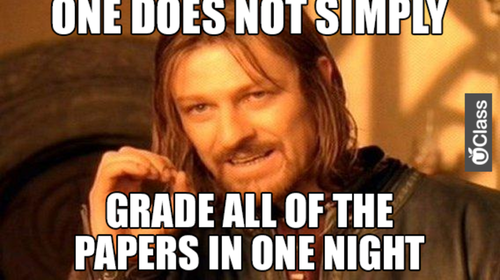
Success Criteria:
- I can find relevant information in a text
- I can record the information that supports my response
Activities:
- Locate a quote that resonates with your Year 10 goal
- Write a rhyming couplet motto to represent you
- Identify a noun to become your 'mantra'
Further Learning:
Please return all library books.PLAN & DO / WHAKAMAHI learning intentions:
- We are PLANNING our reading and writing in response to a specific purpose and audience to
- Provide information to support our ideas with clarity
- Use information from the text and our own personal experiences to draw conclusions and make inferences
-

Kia ora. Well done, you're almost there.... we have a really busy week this week, there are lots of off timetable and outside the classroom activities for you to look forward to. In English, we will focus on completing our word/quote/mission statements- I think I can guarantee you ONE session this week.
Success Criteria:
- I can identify a word/quote and mission to guide me in next years learning
- I can use a digital tool to create a poster/image that shares my word/quote/mission
Activities:
- Word/quote/mission activity
Further Learning:
Return any library books (I will take them back to the library for you)

